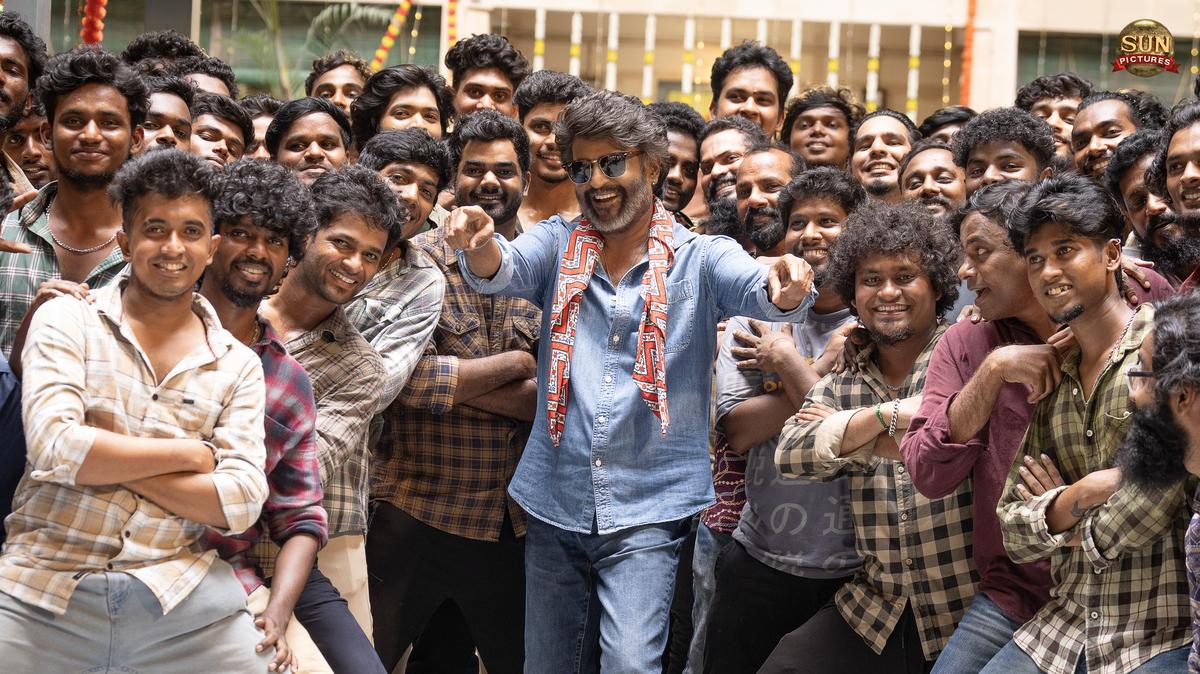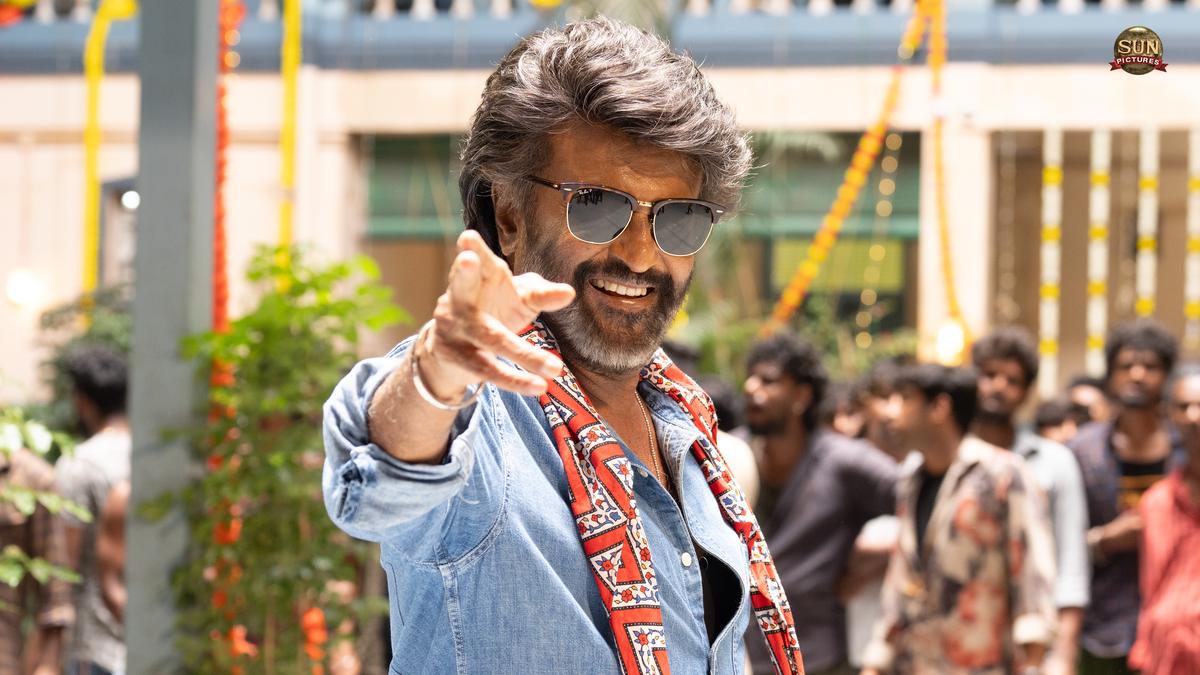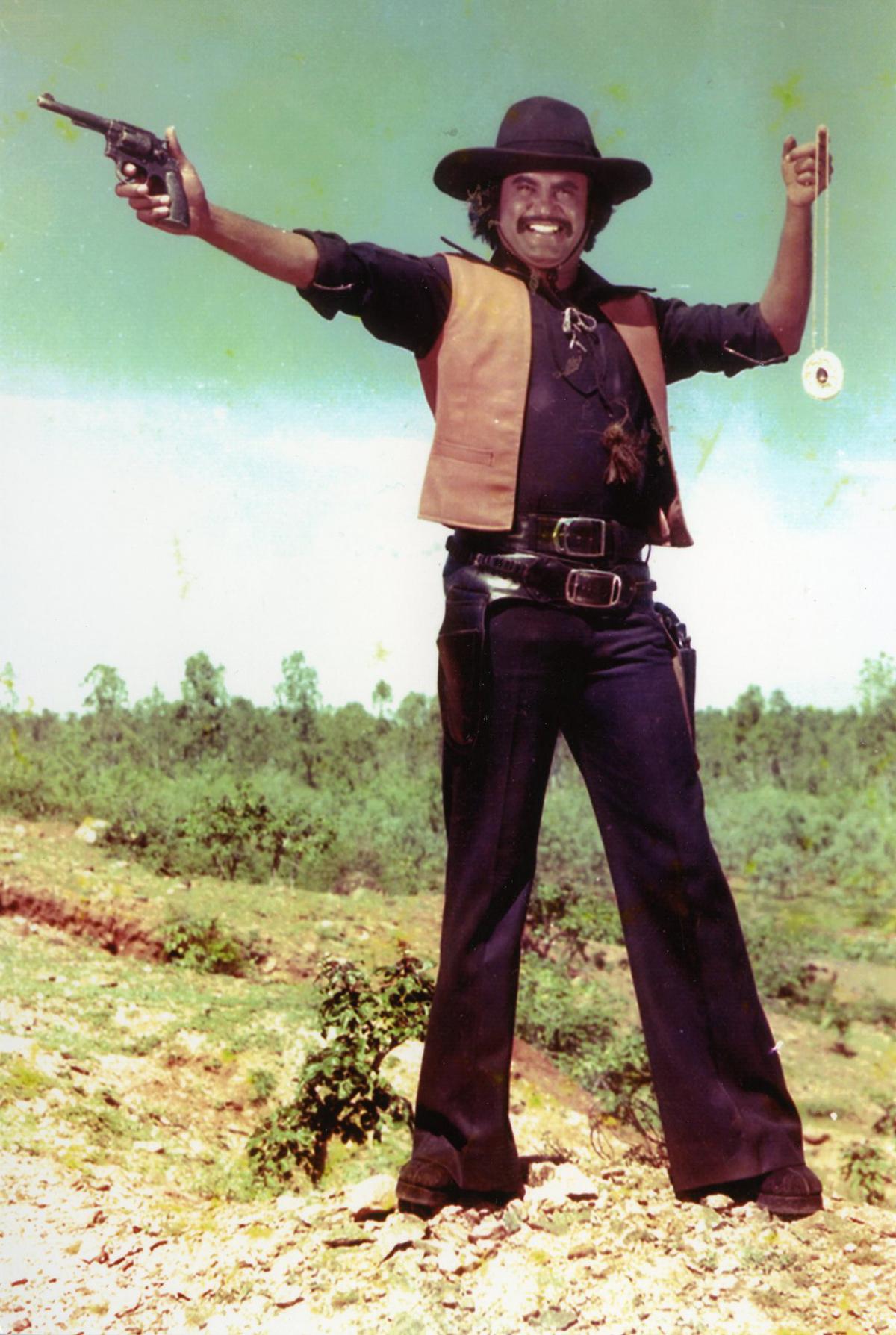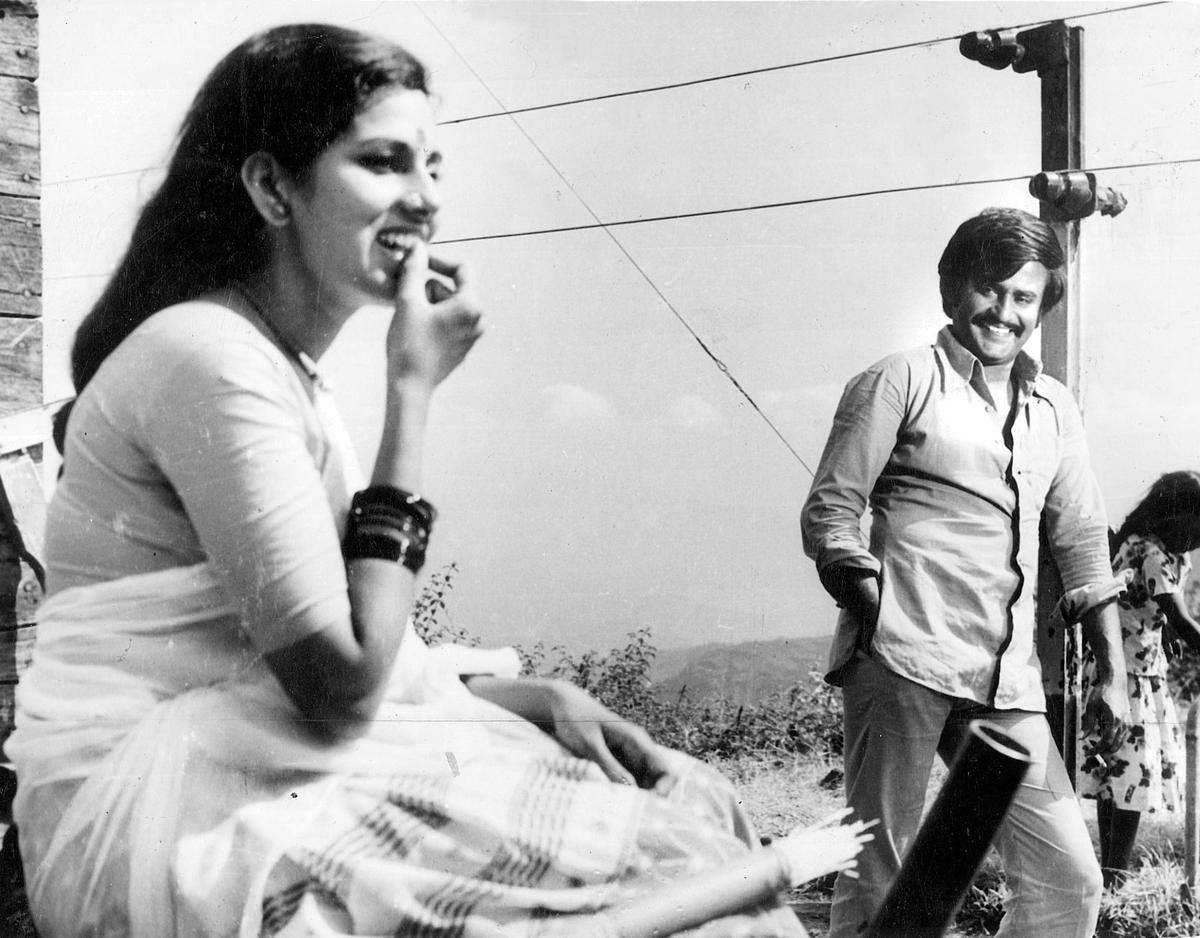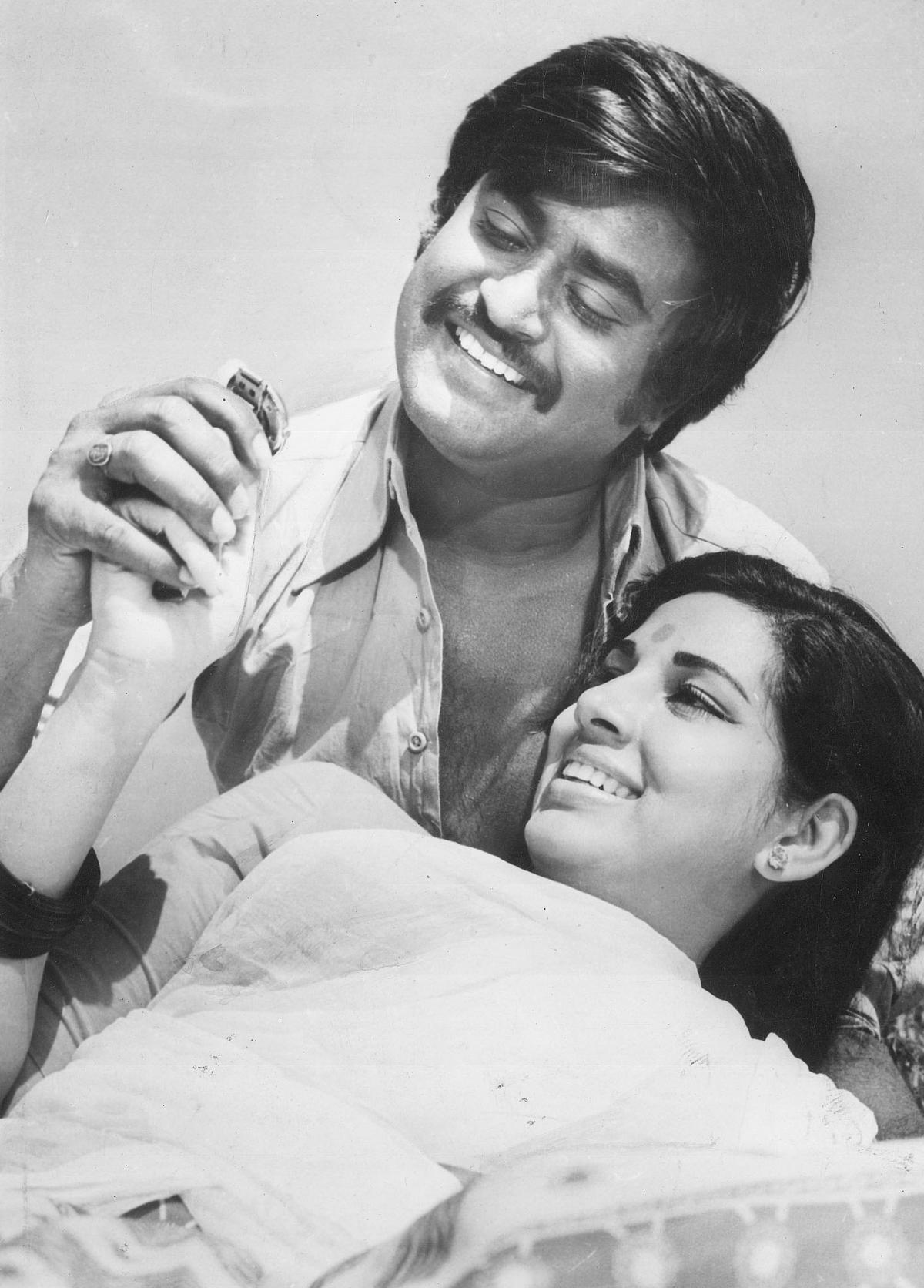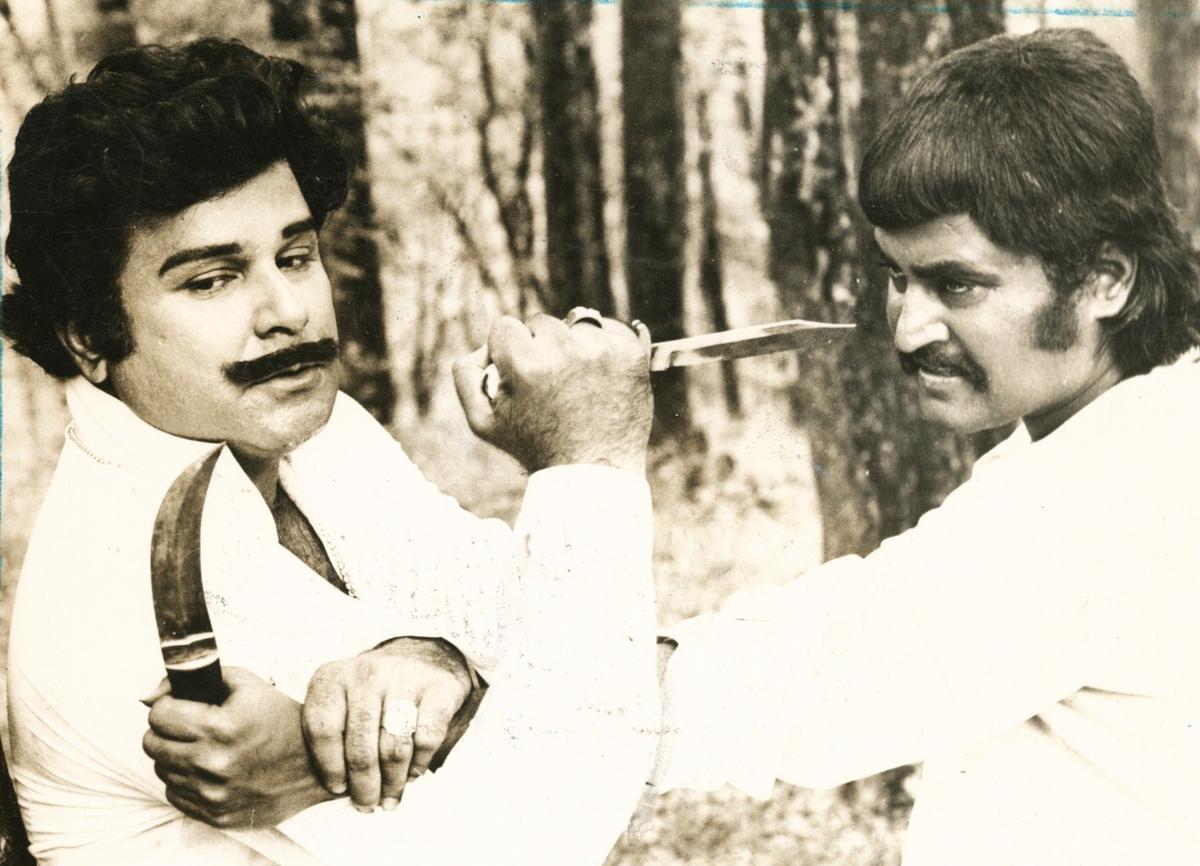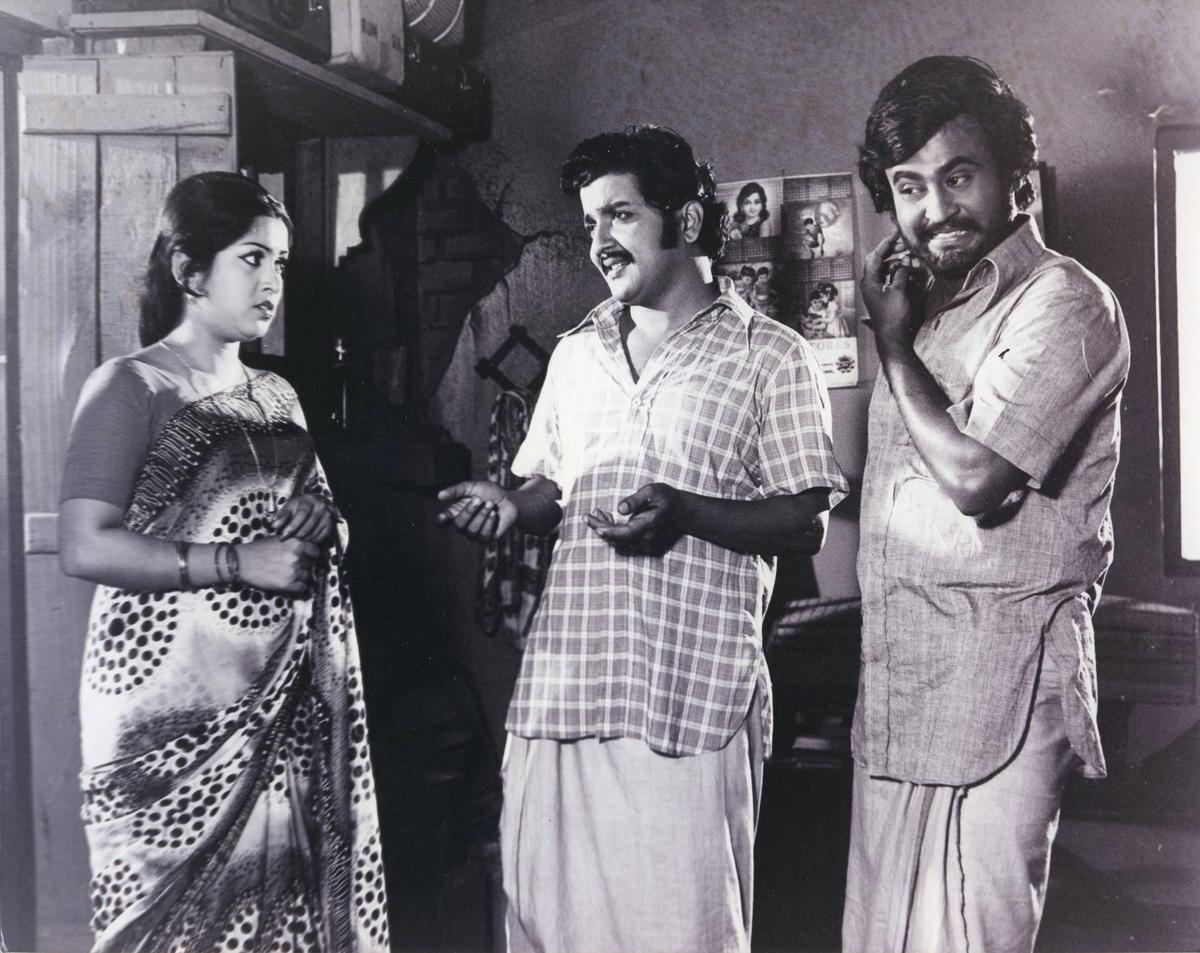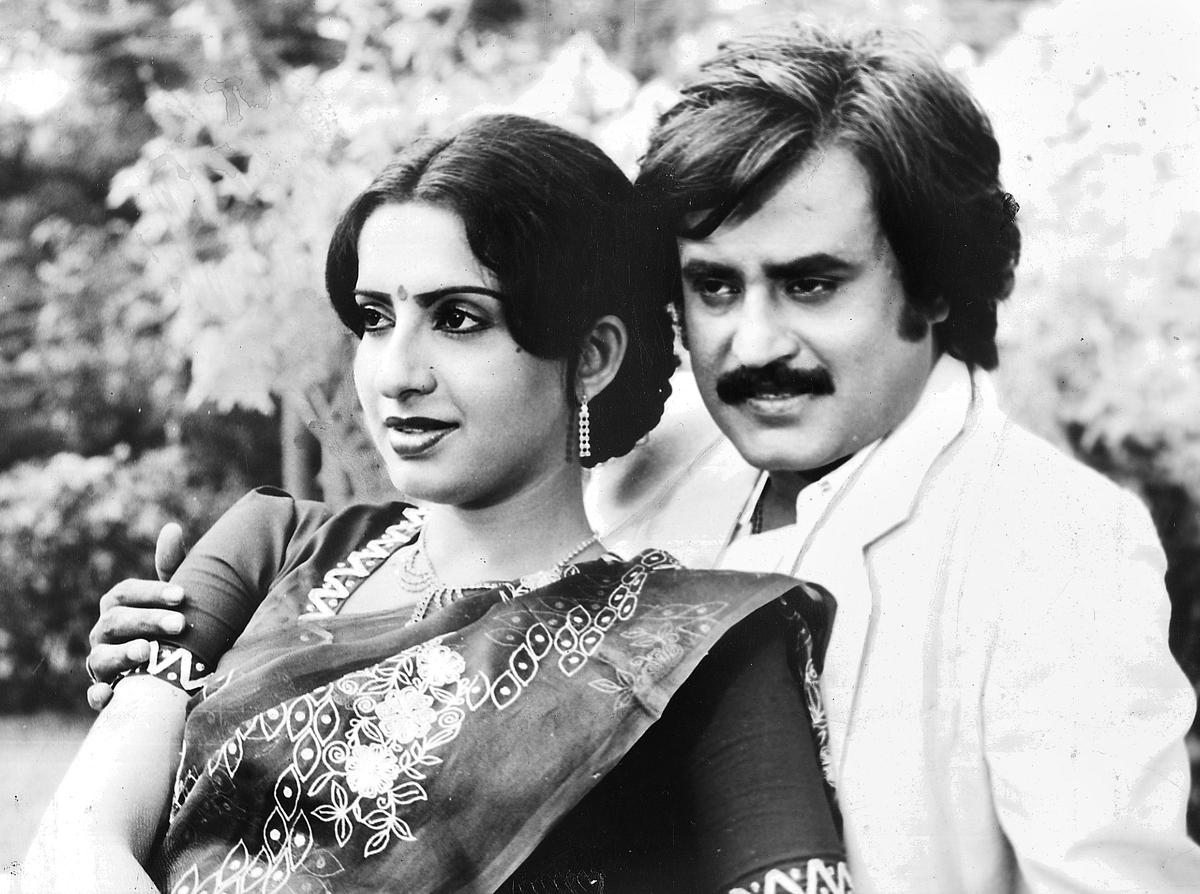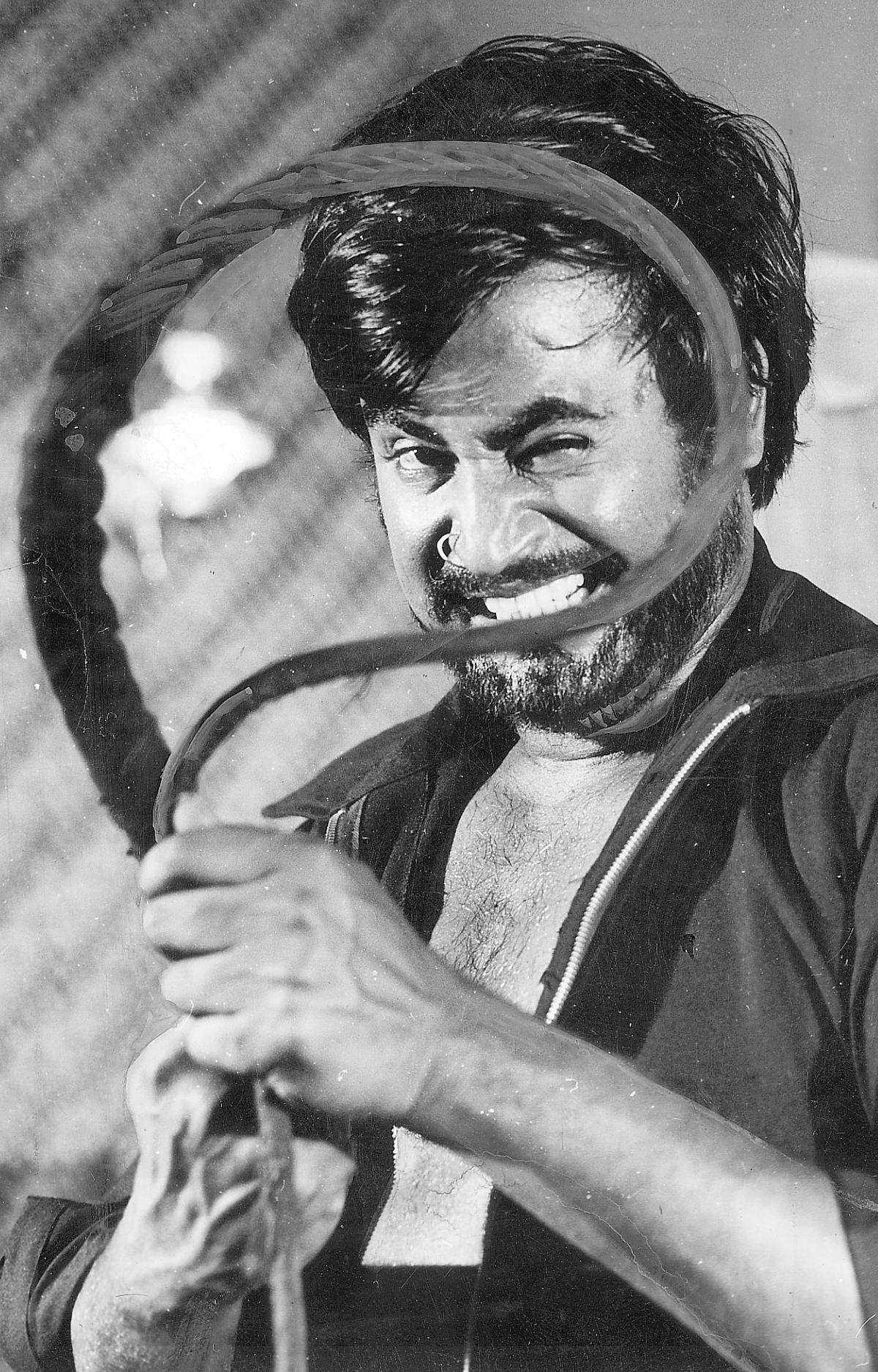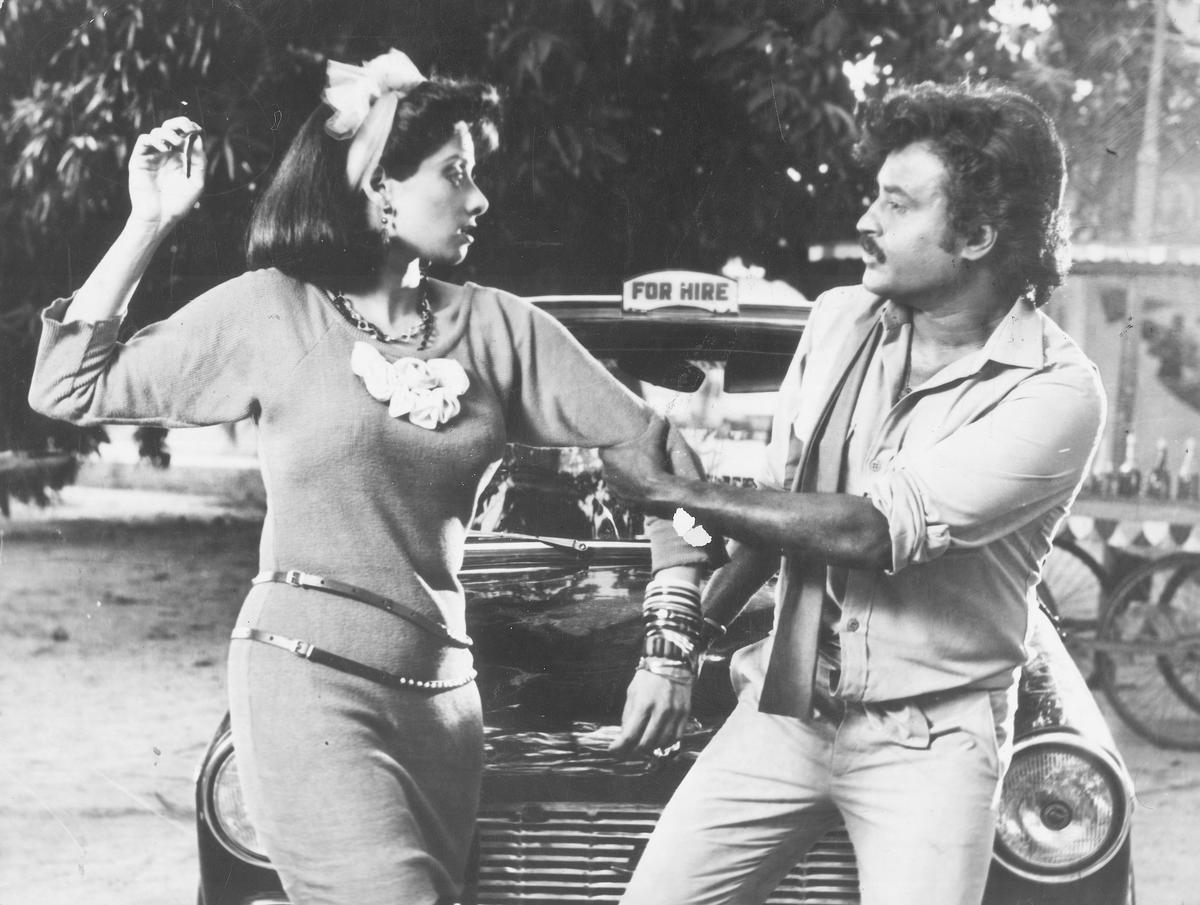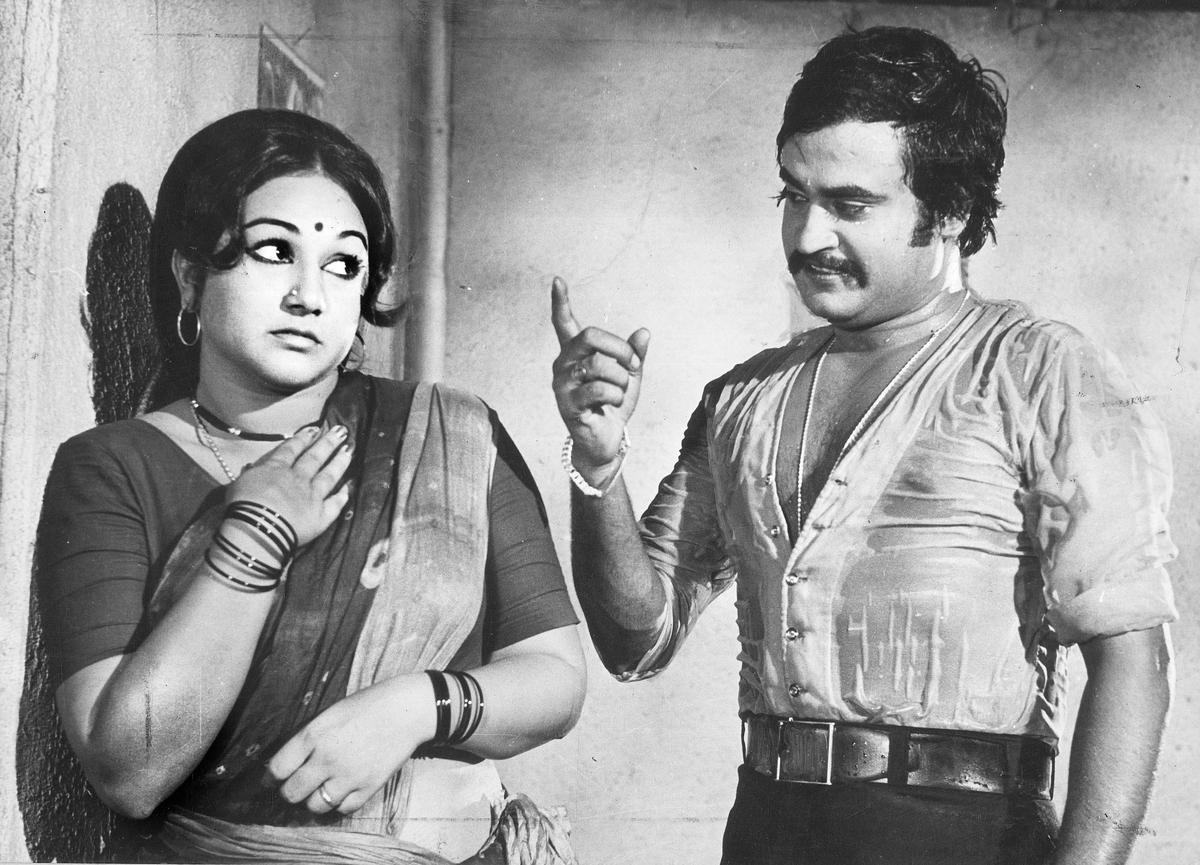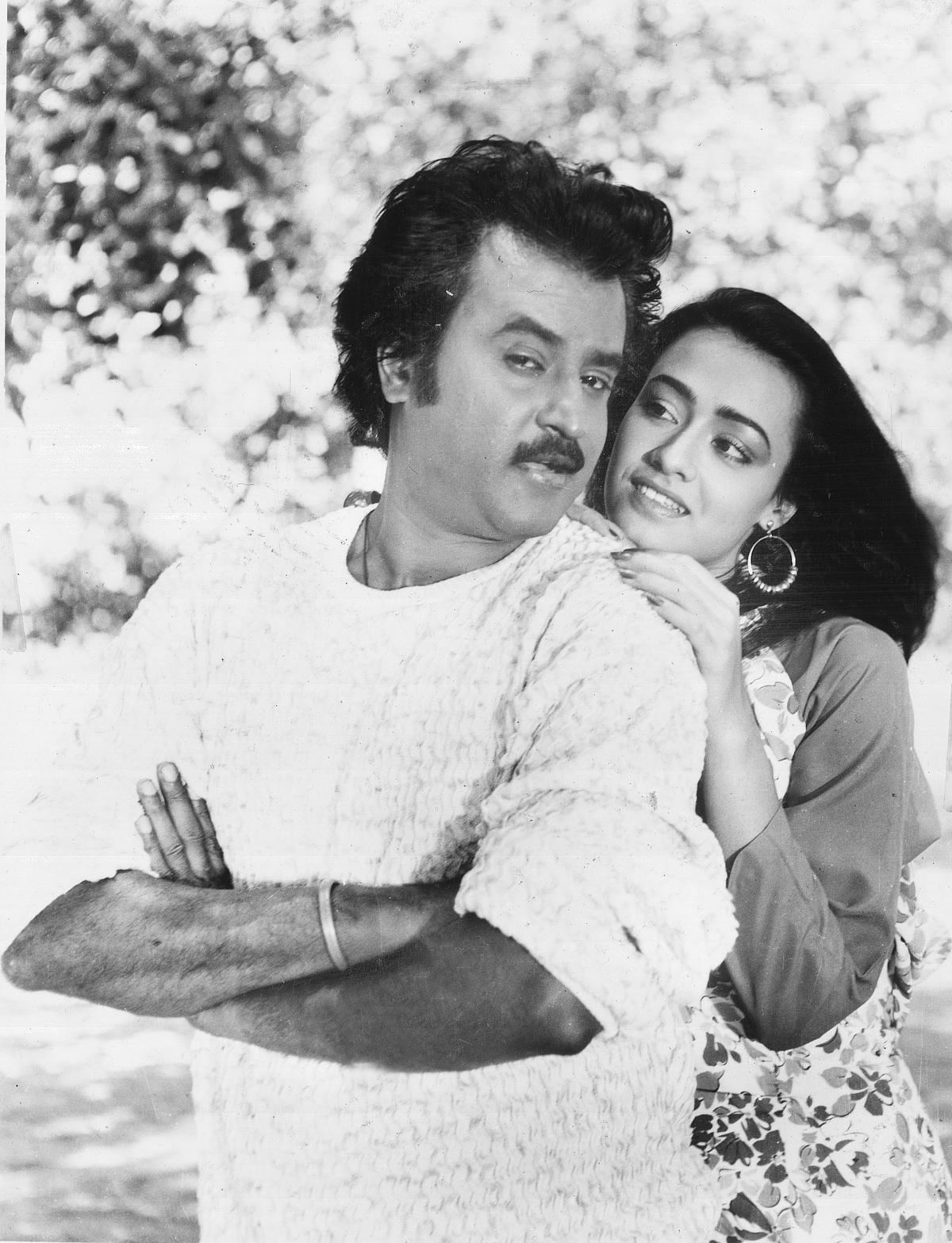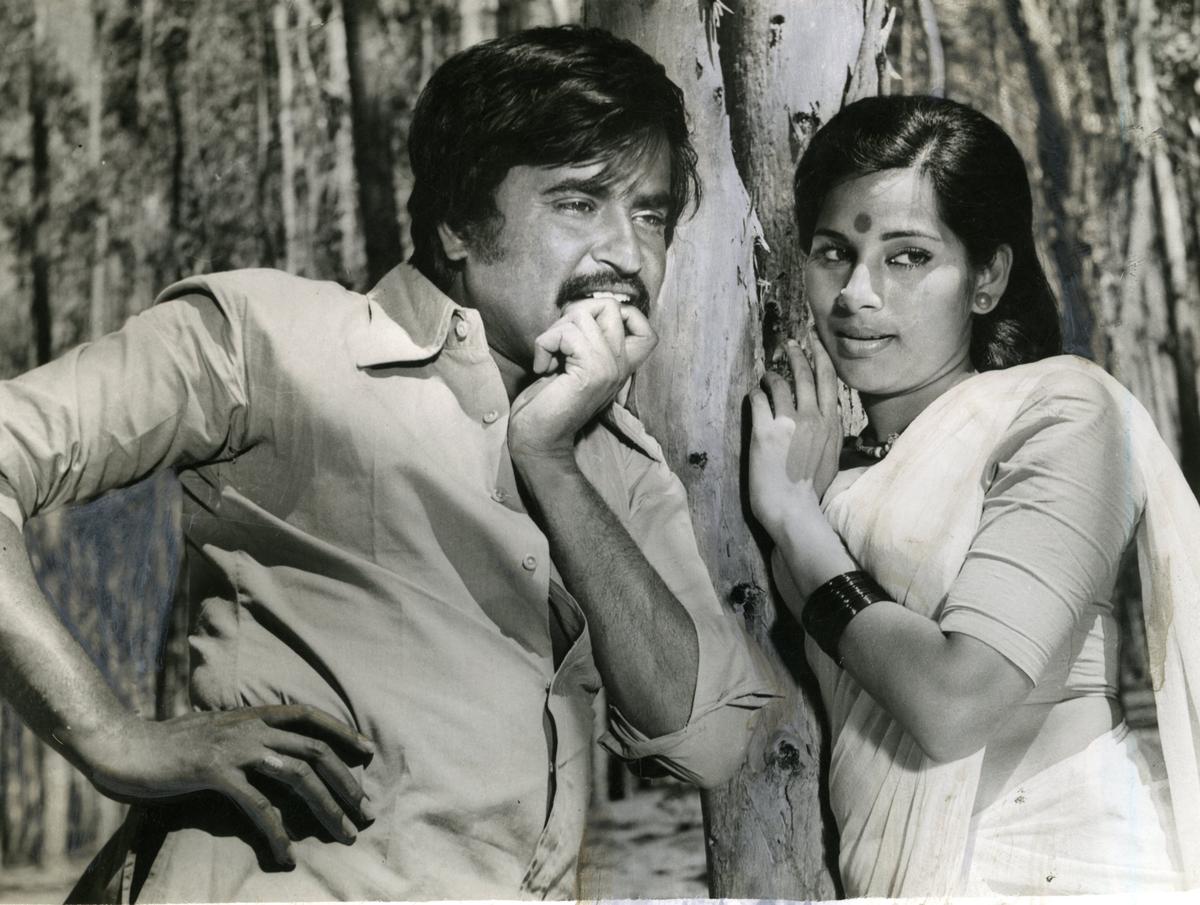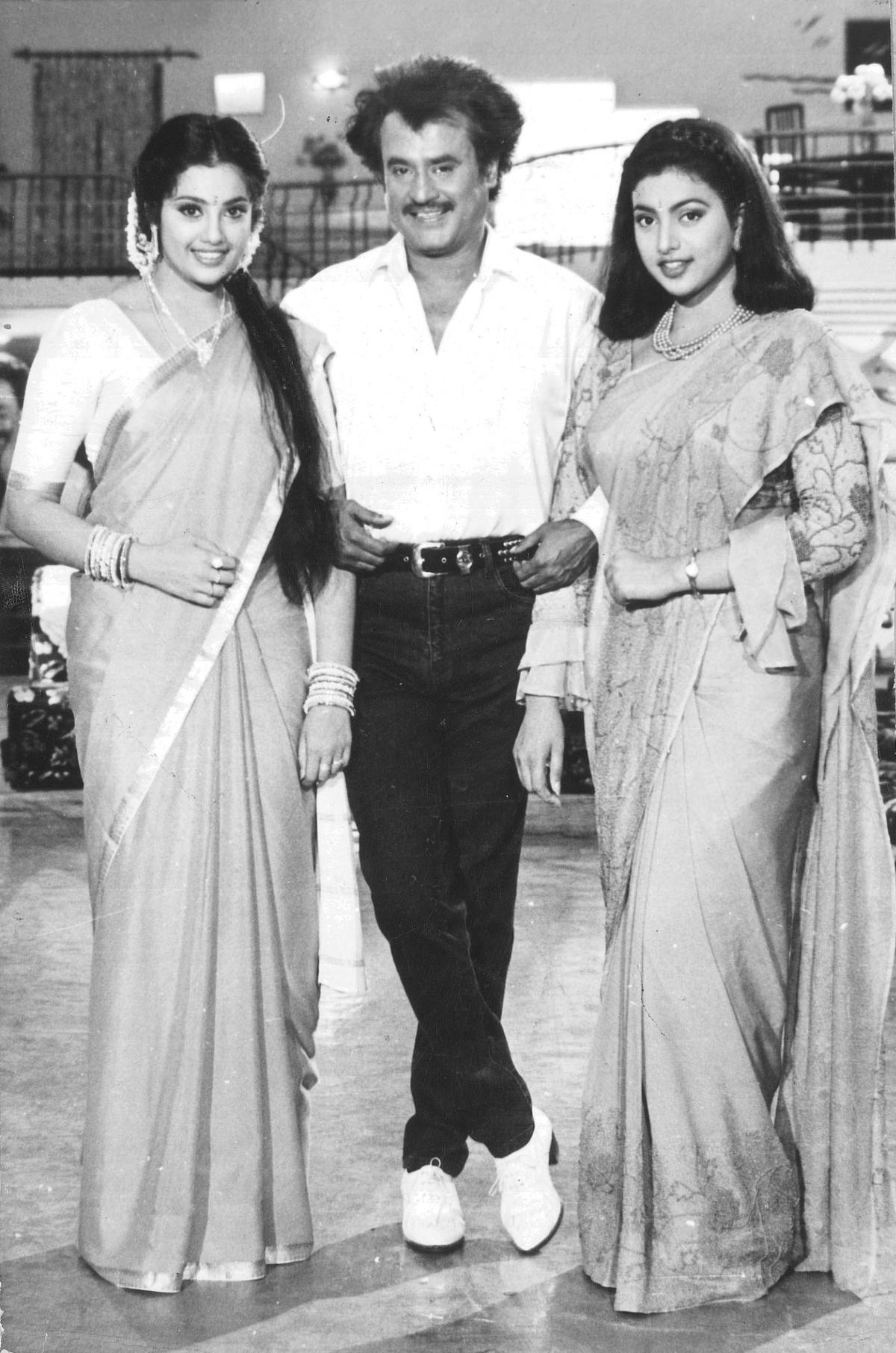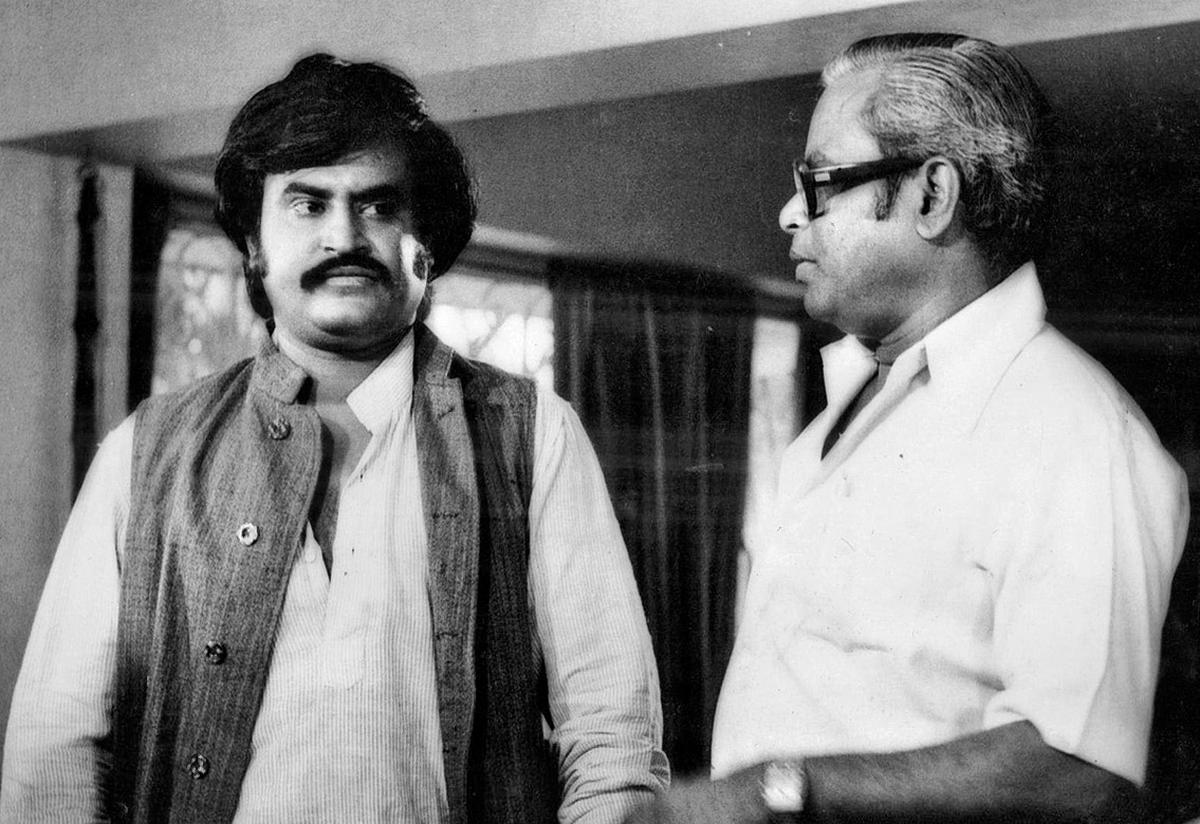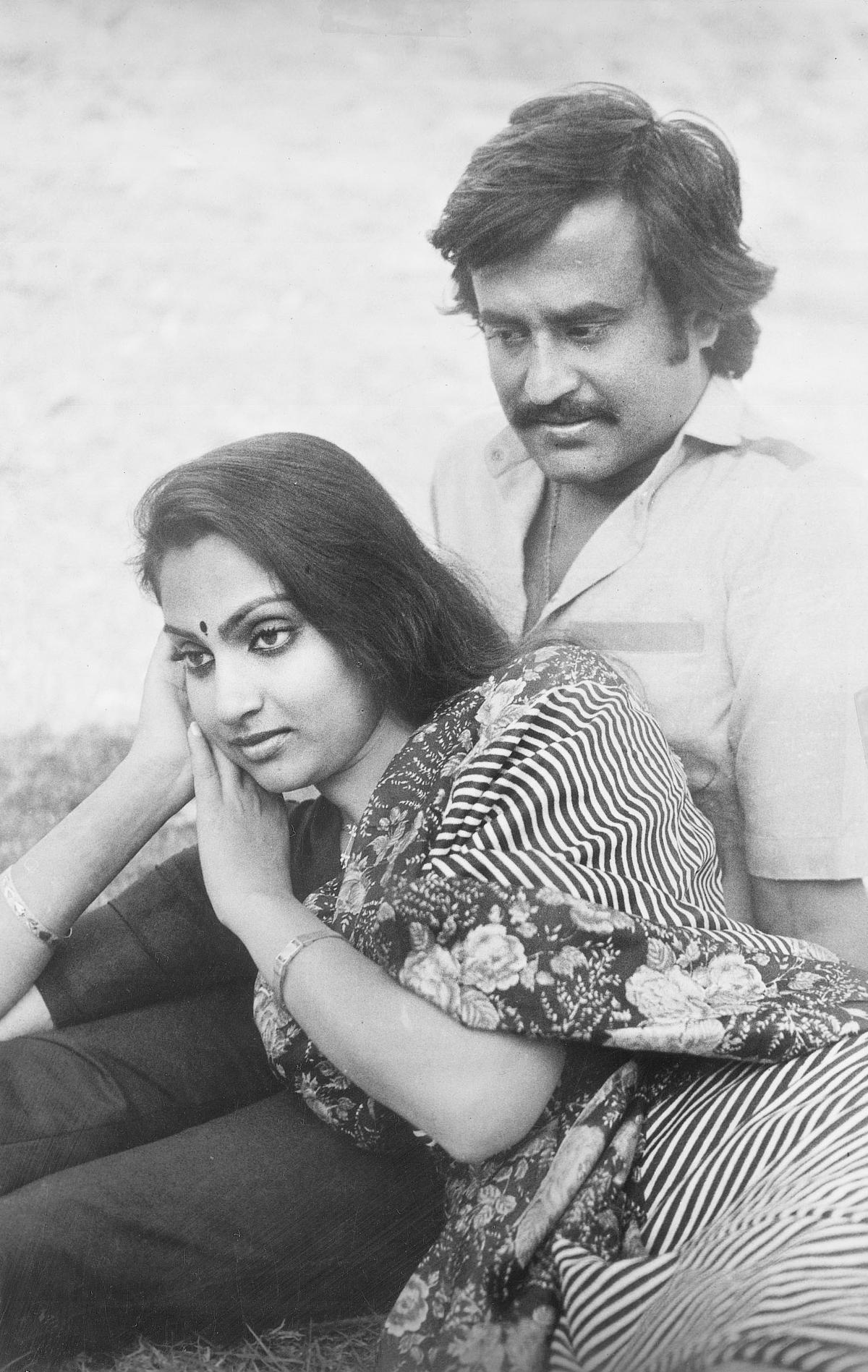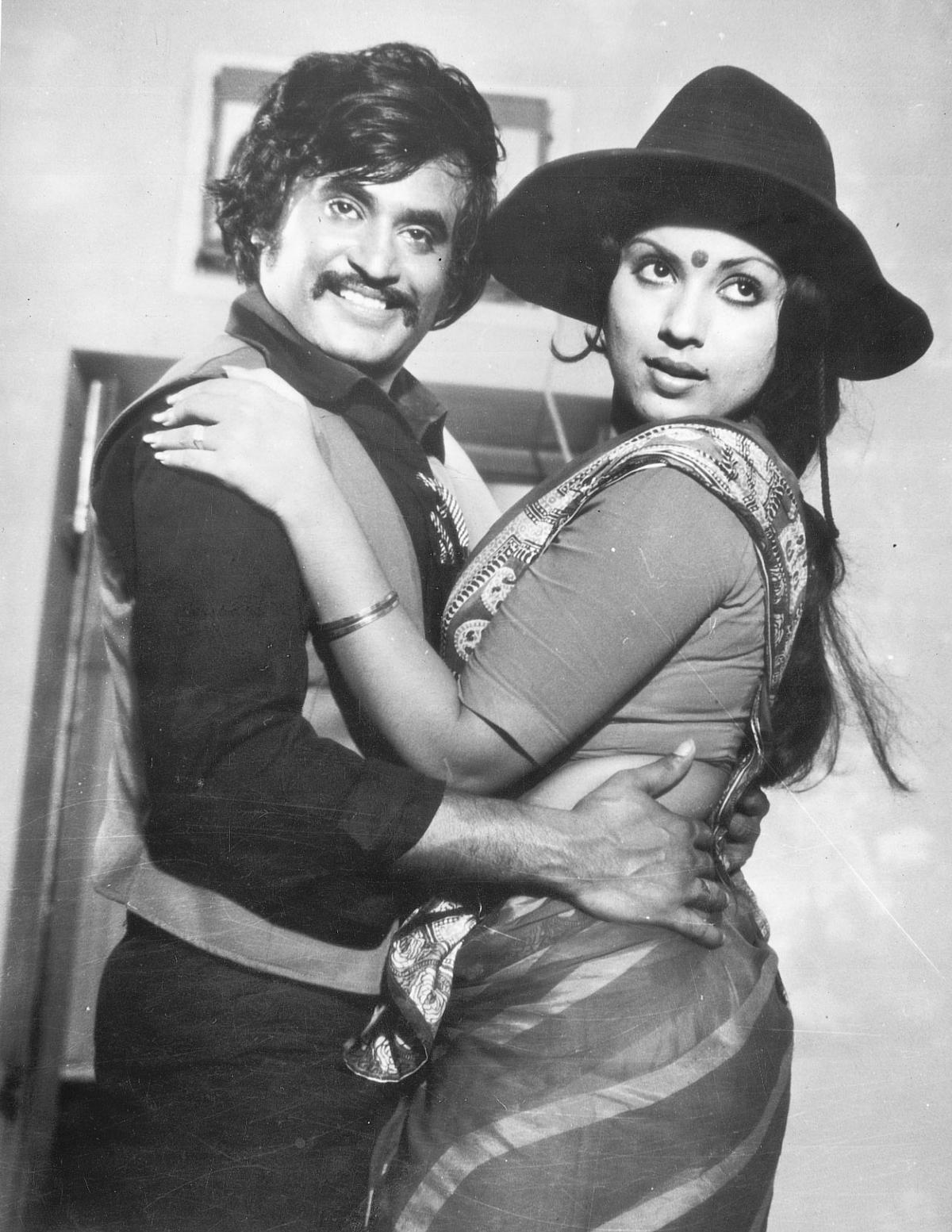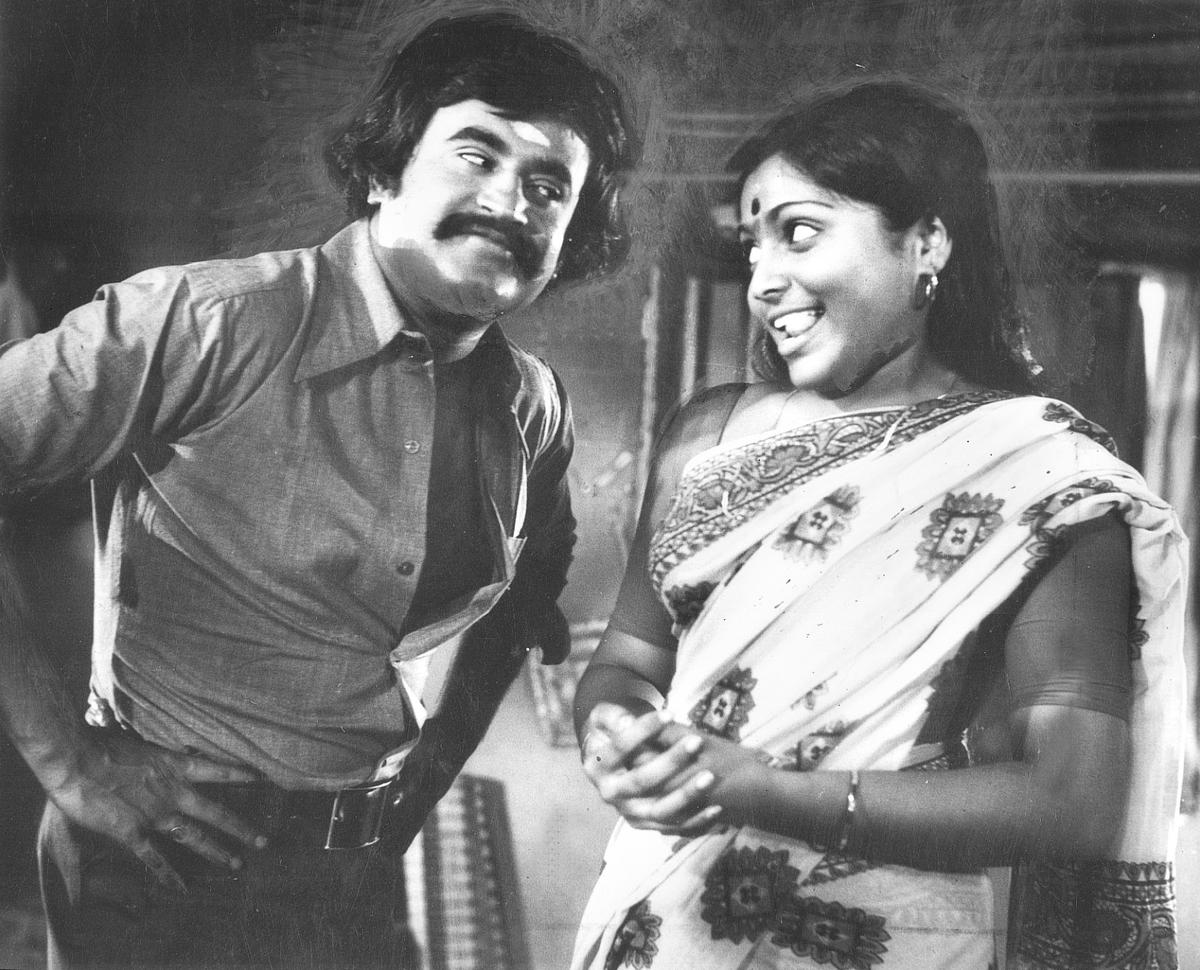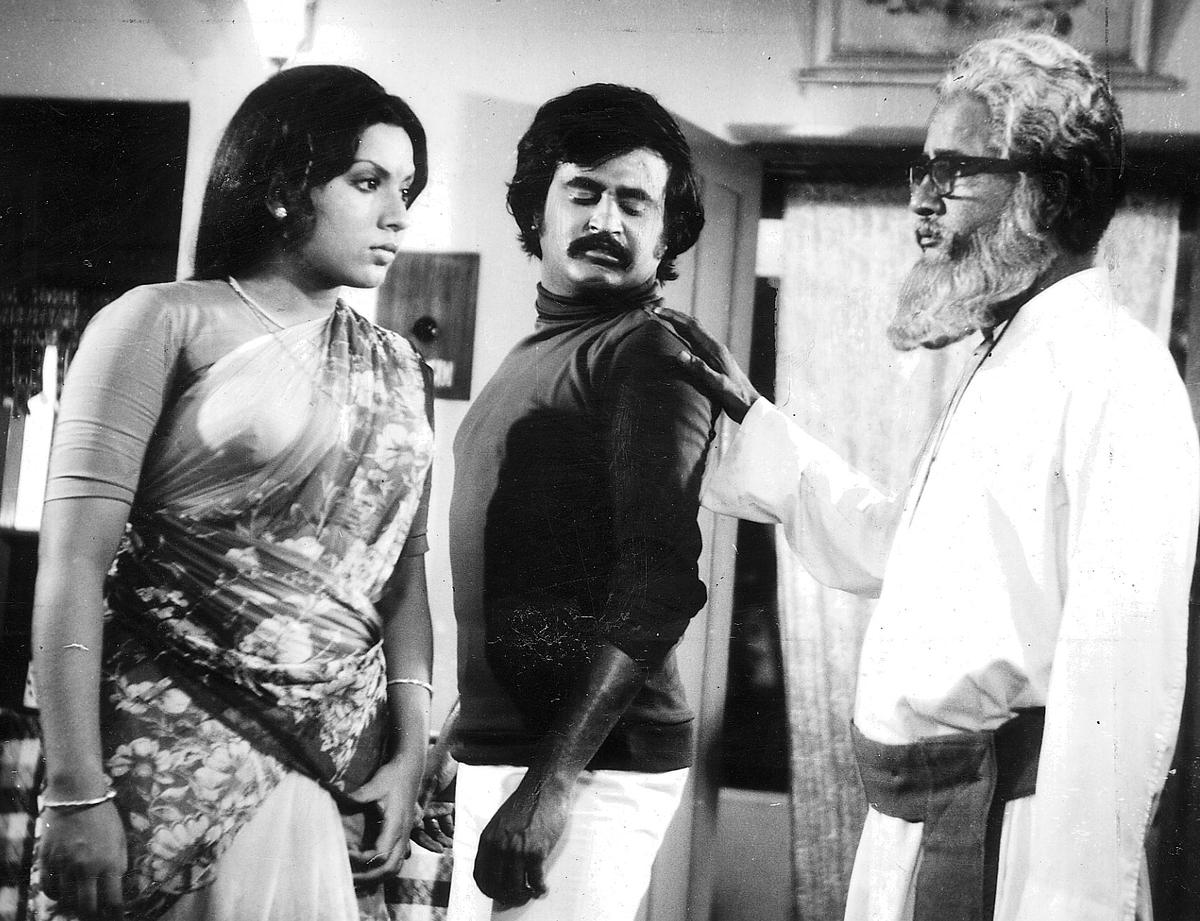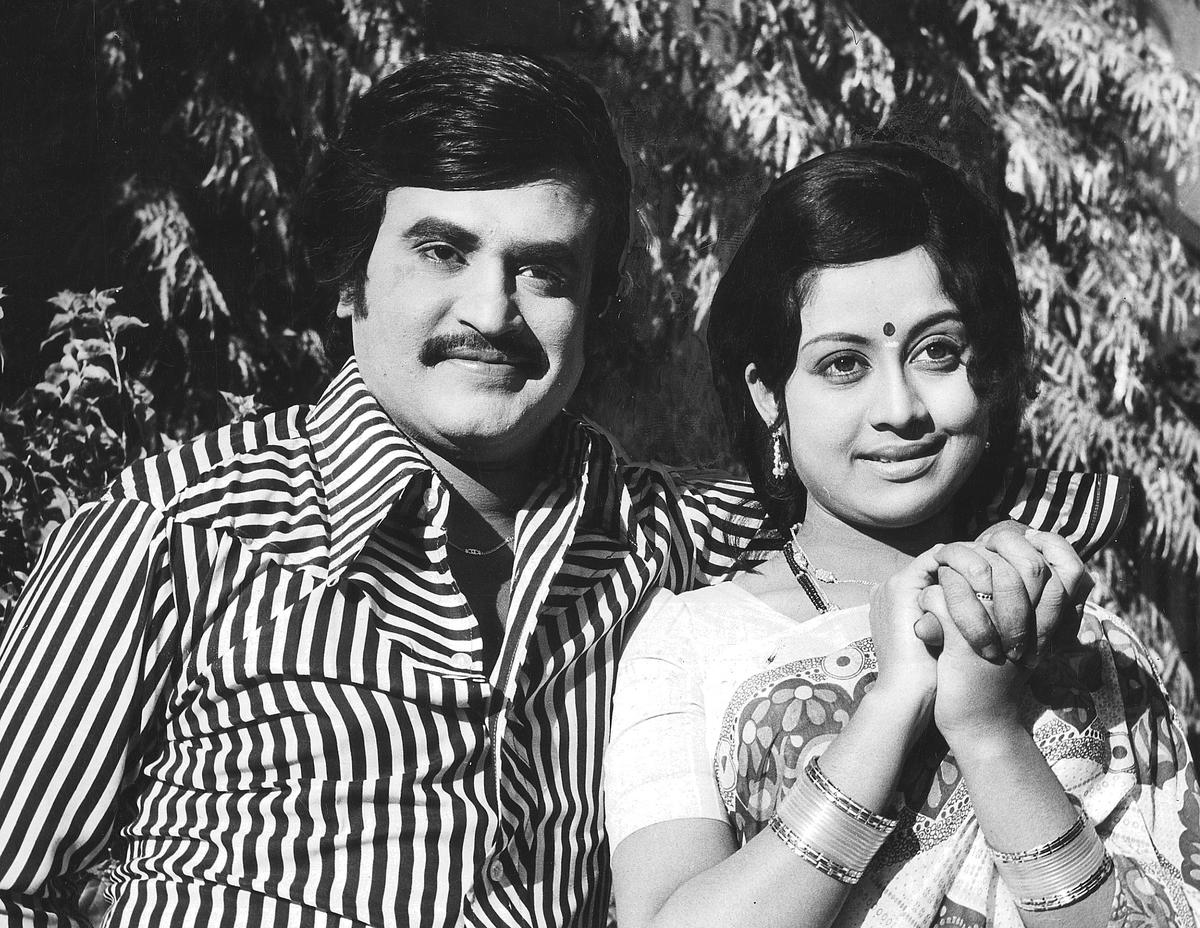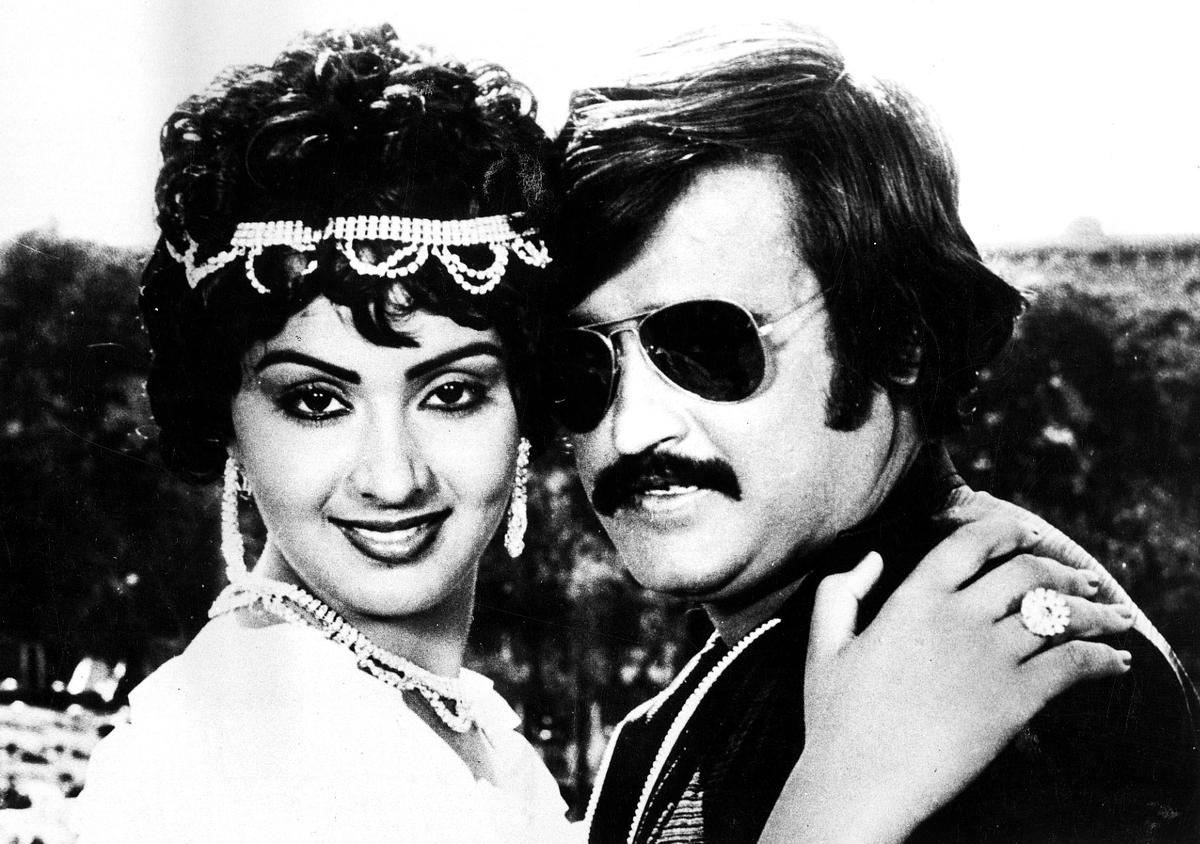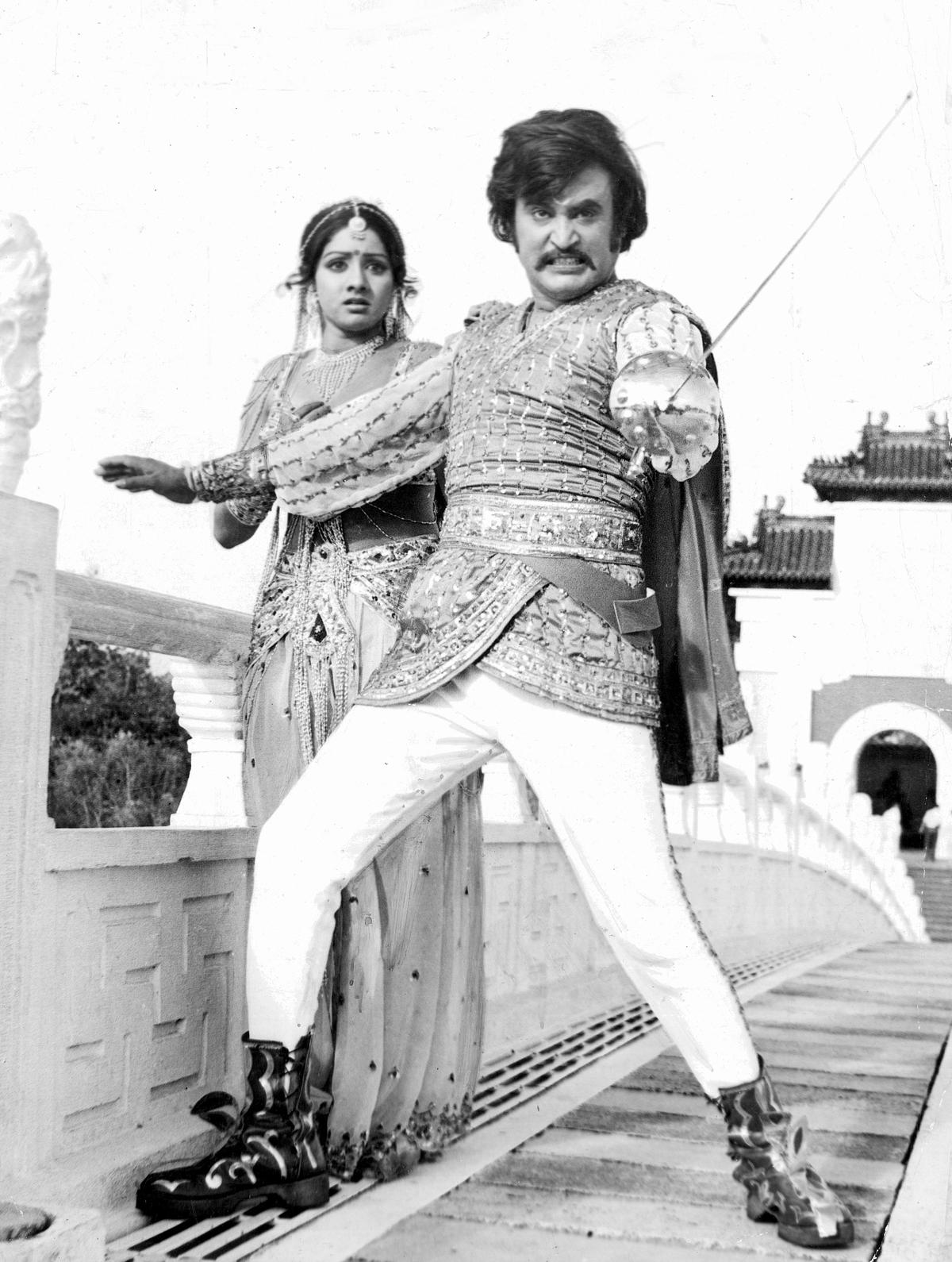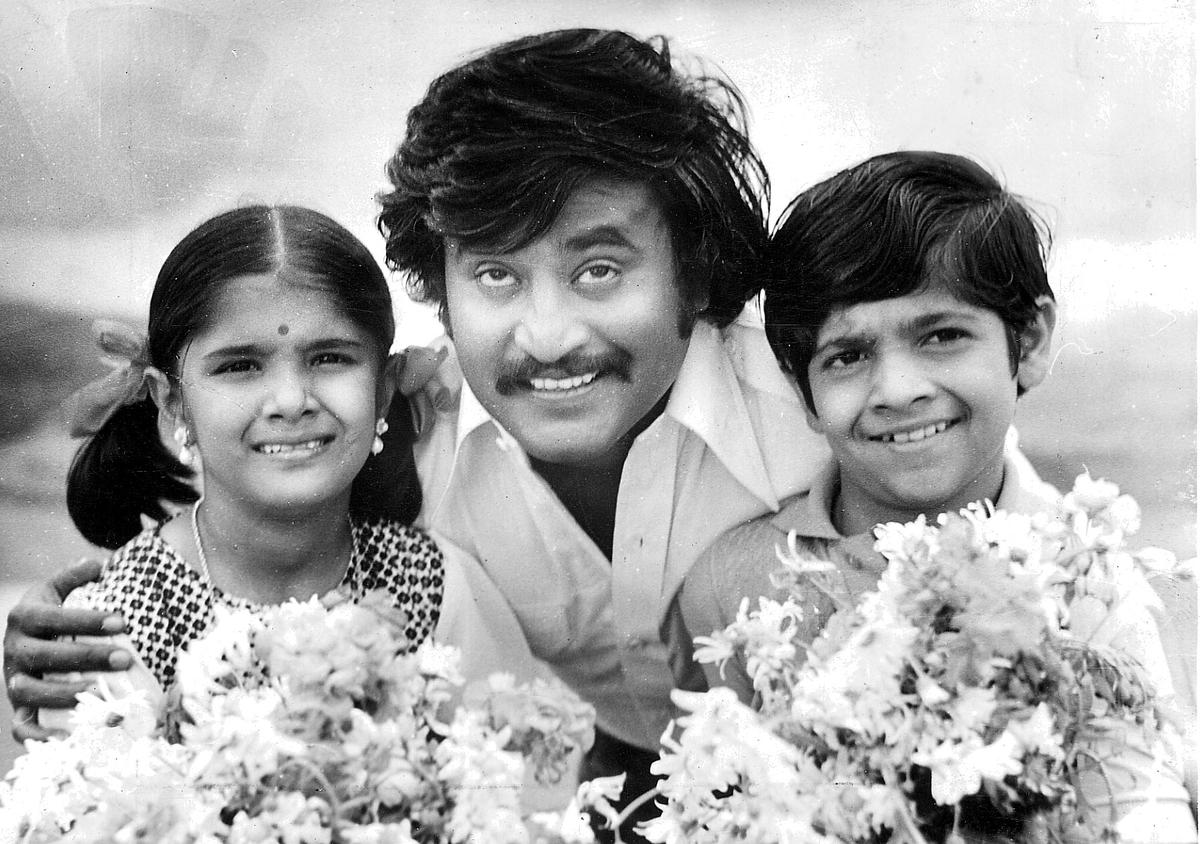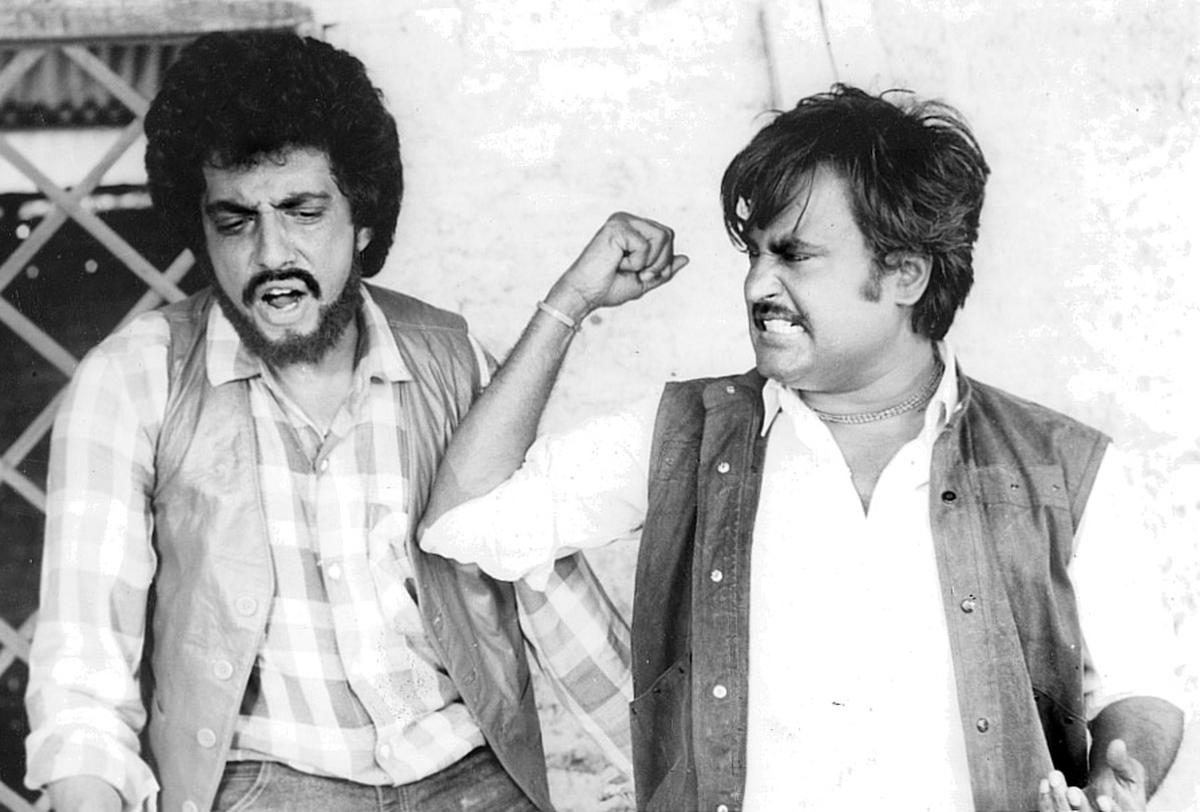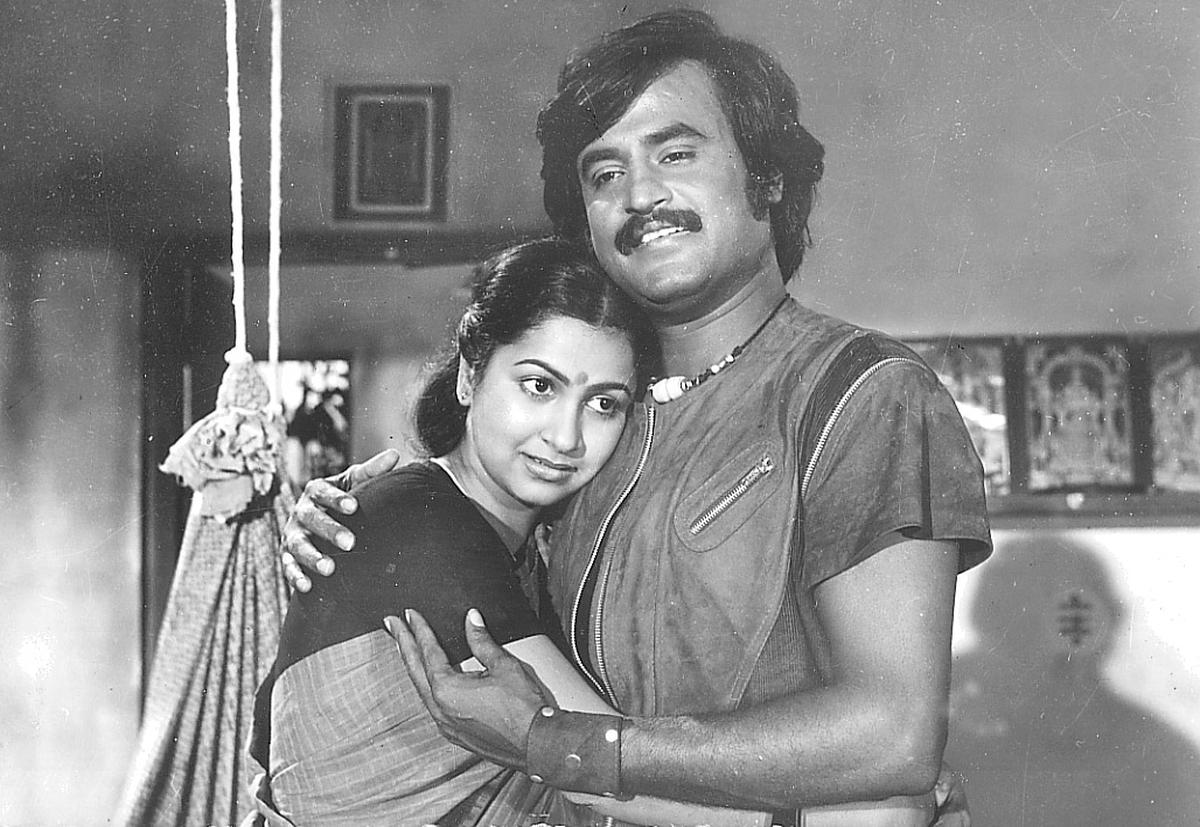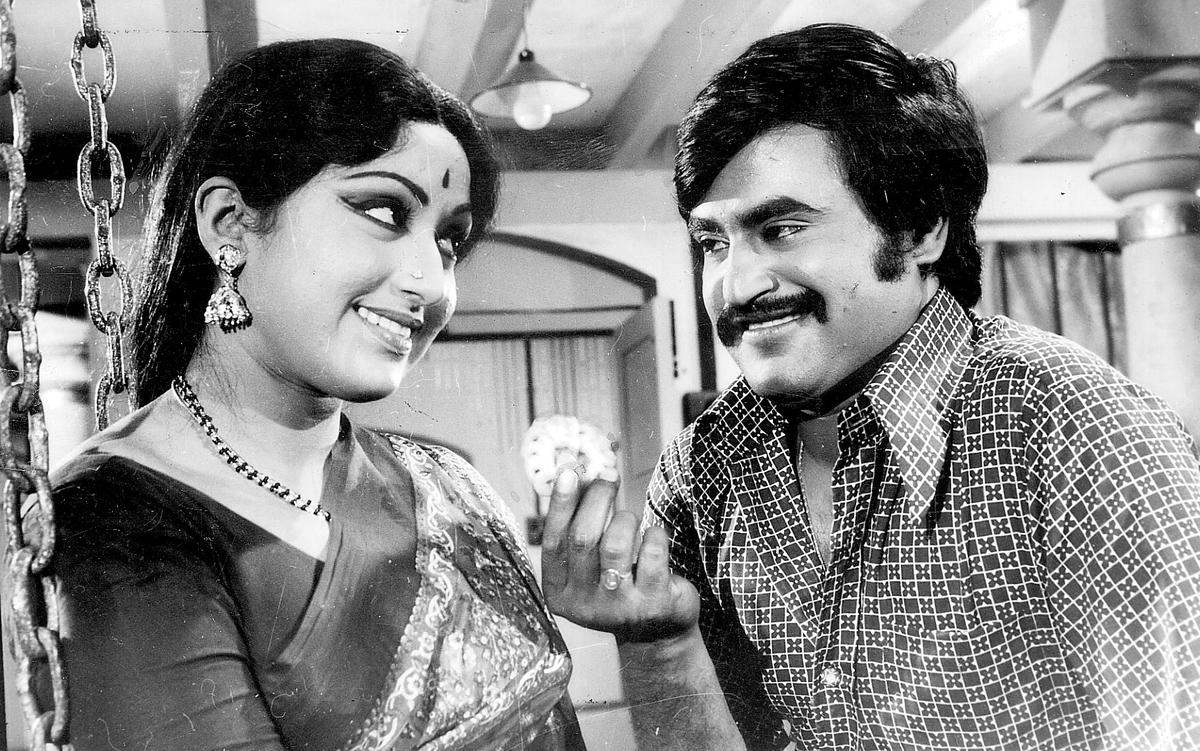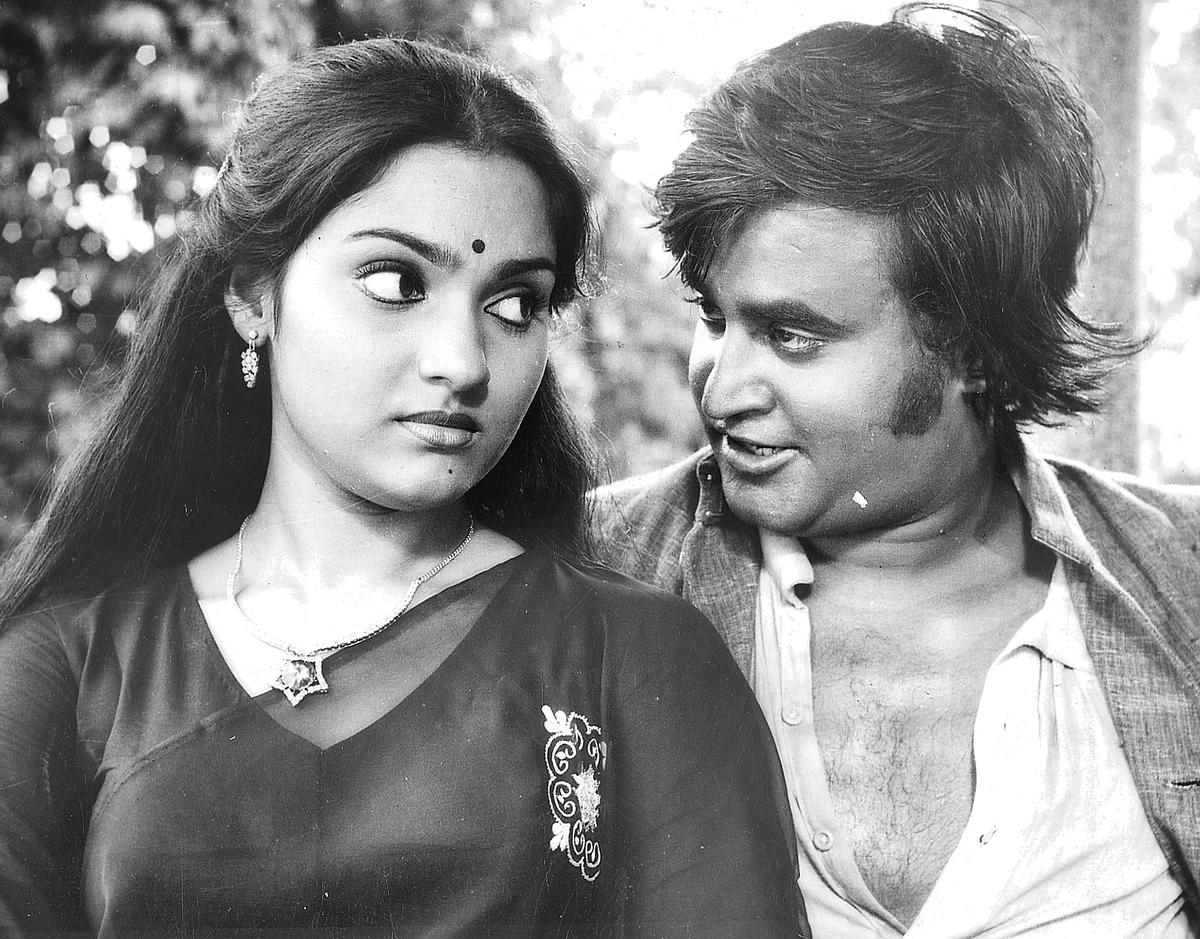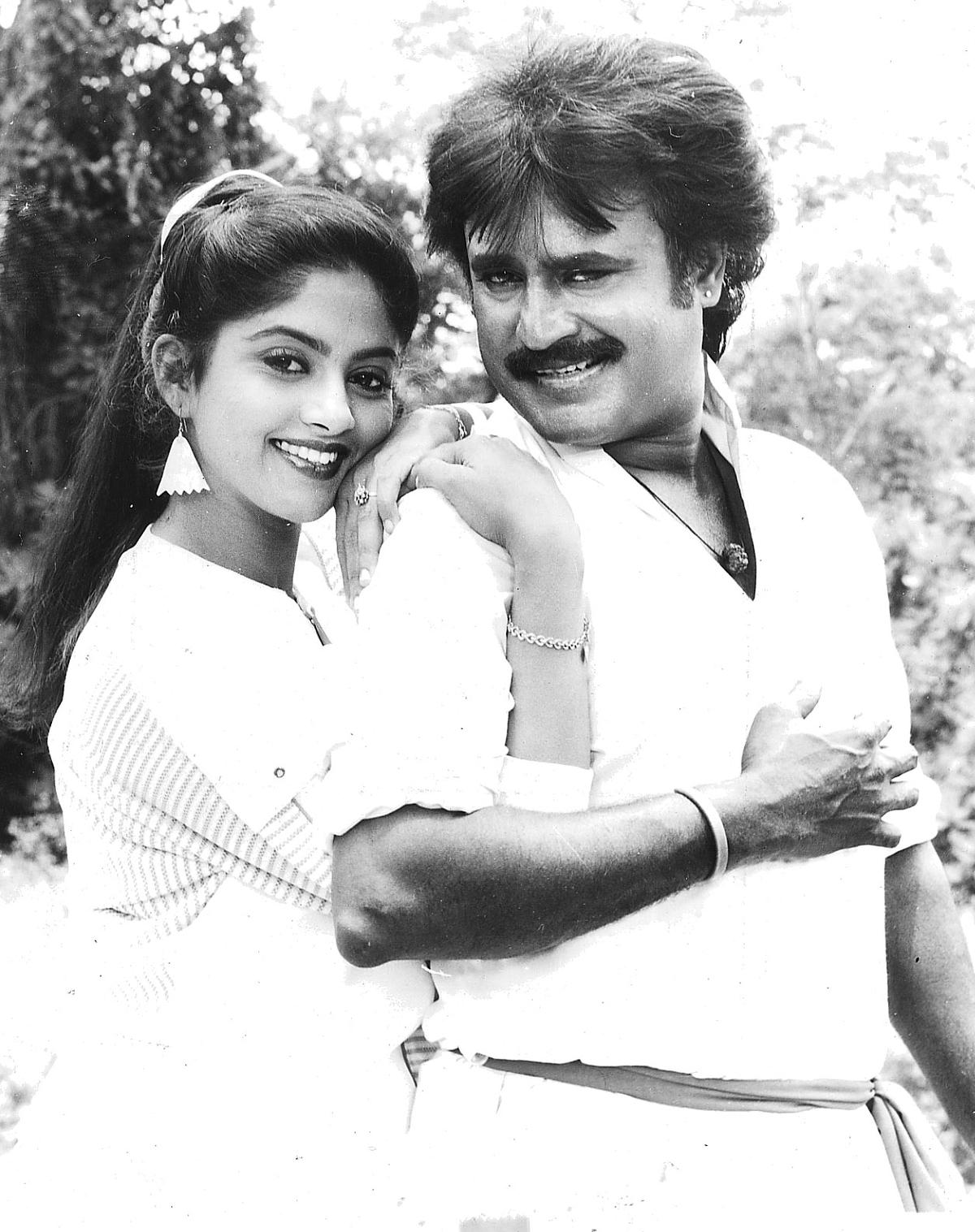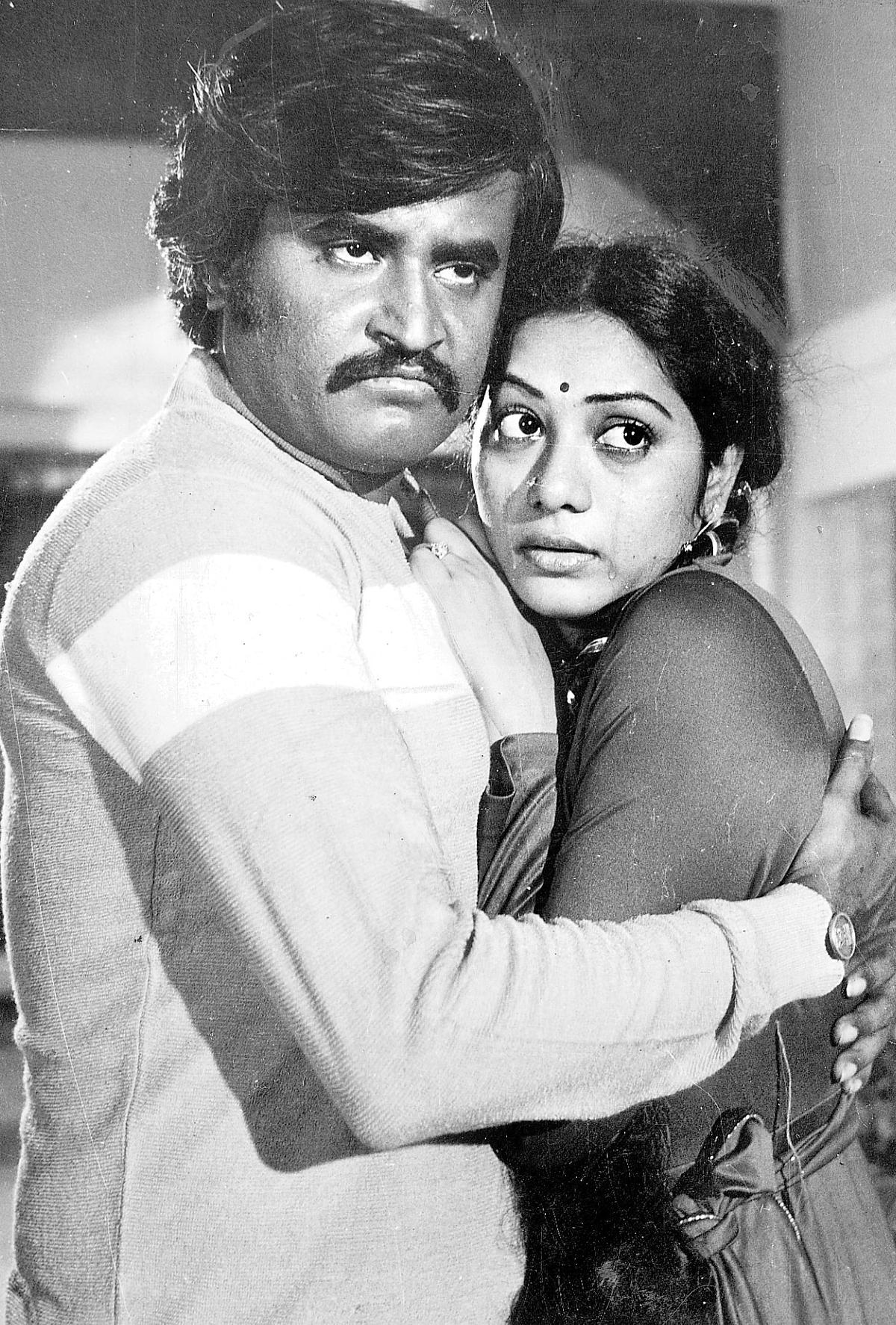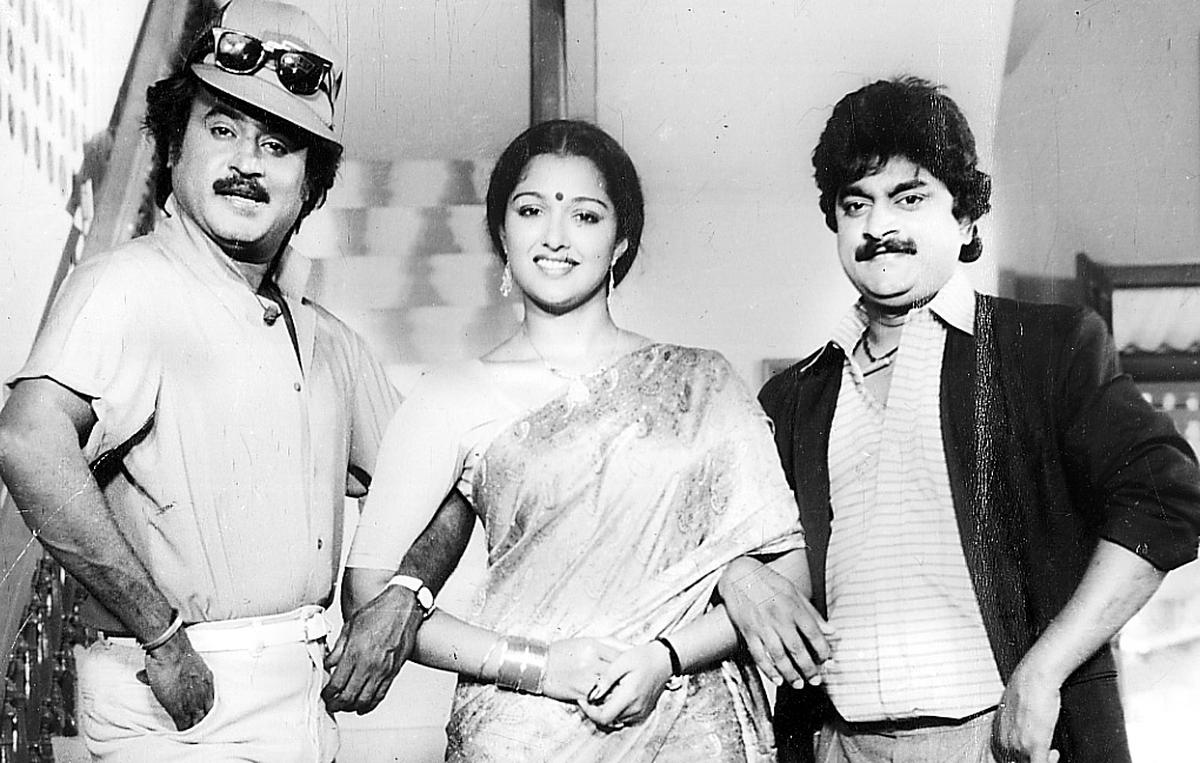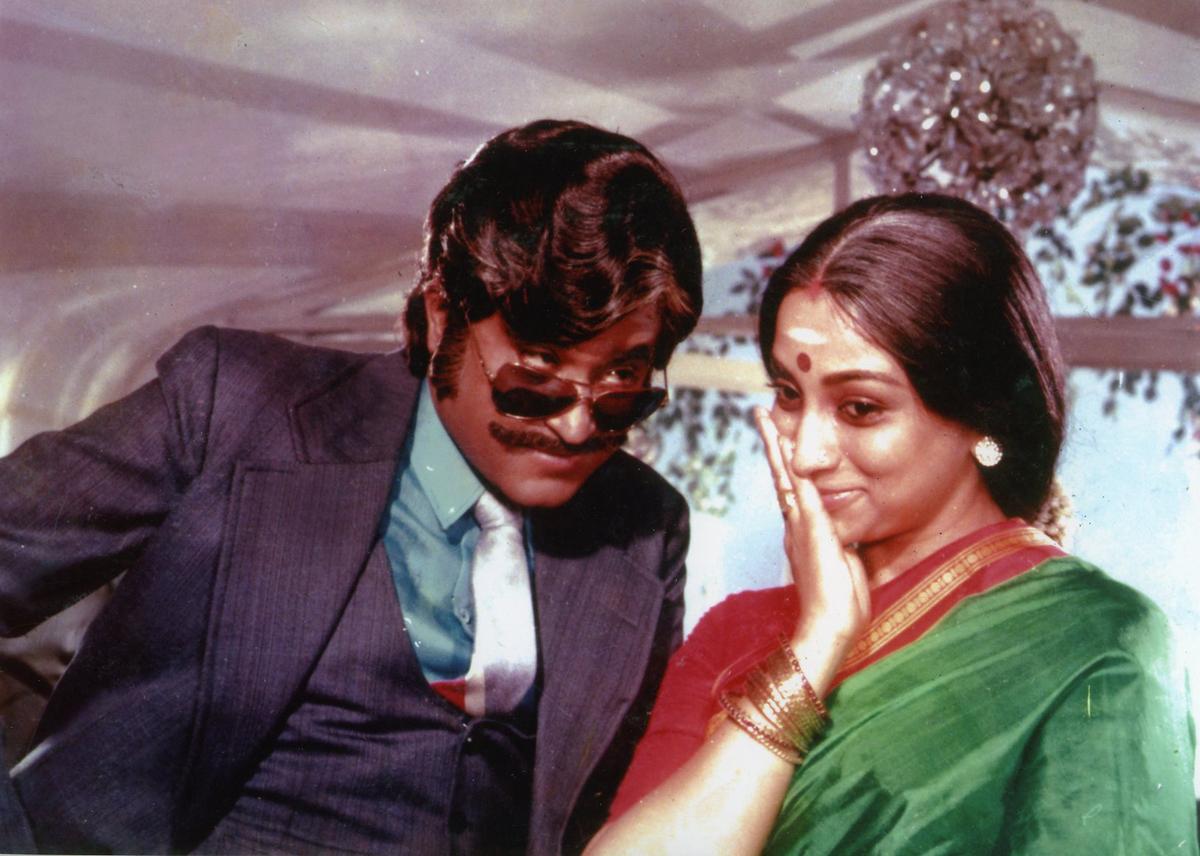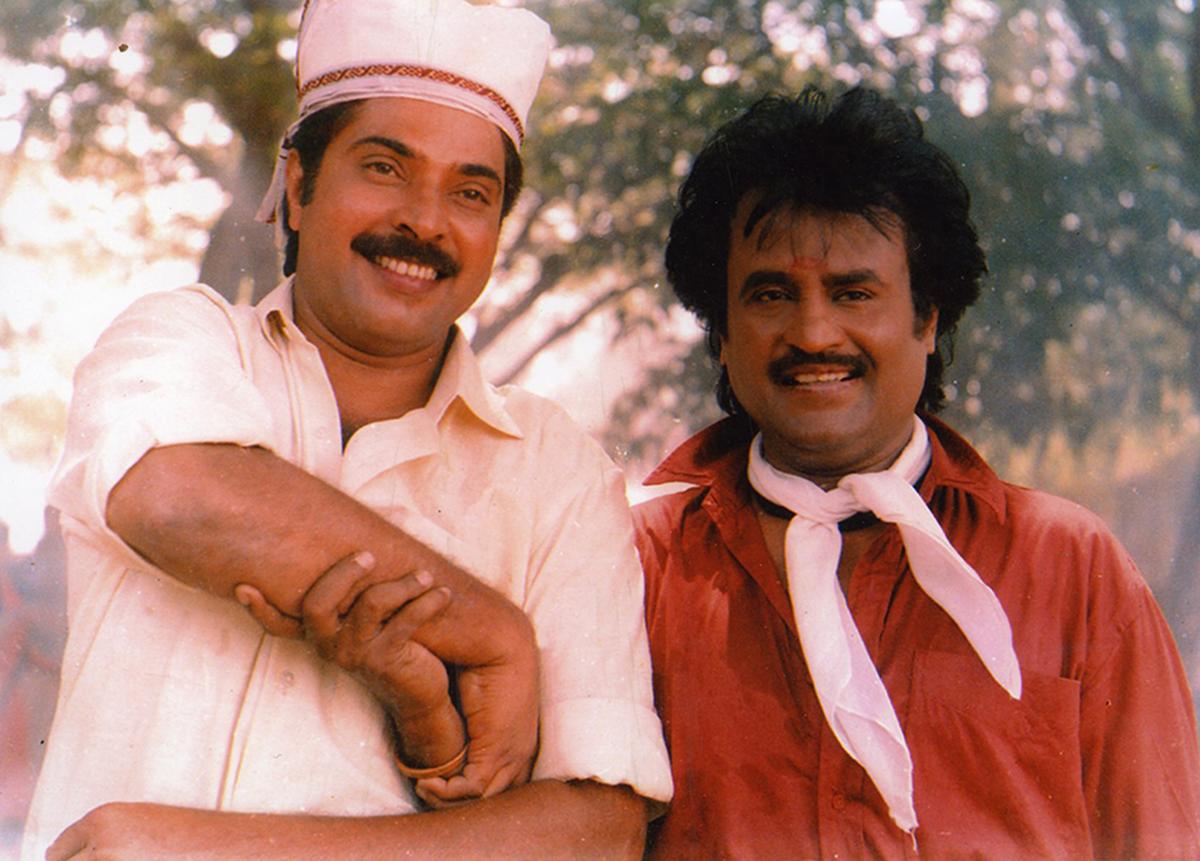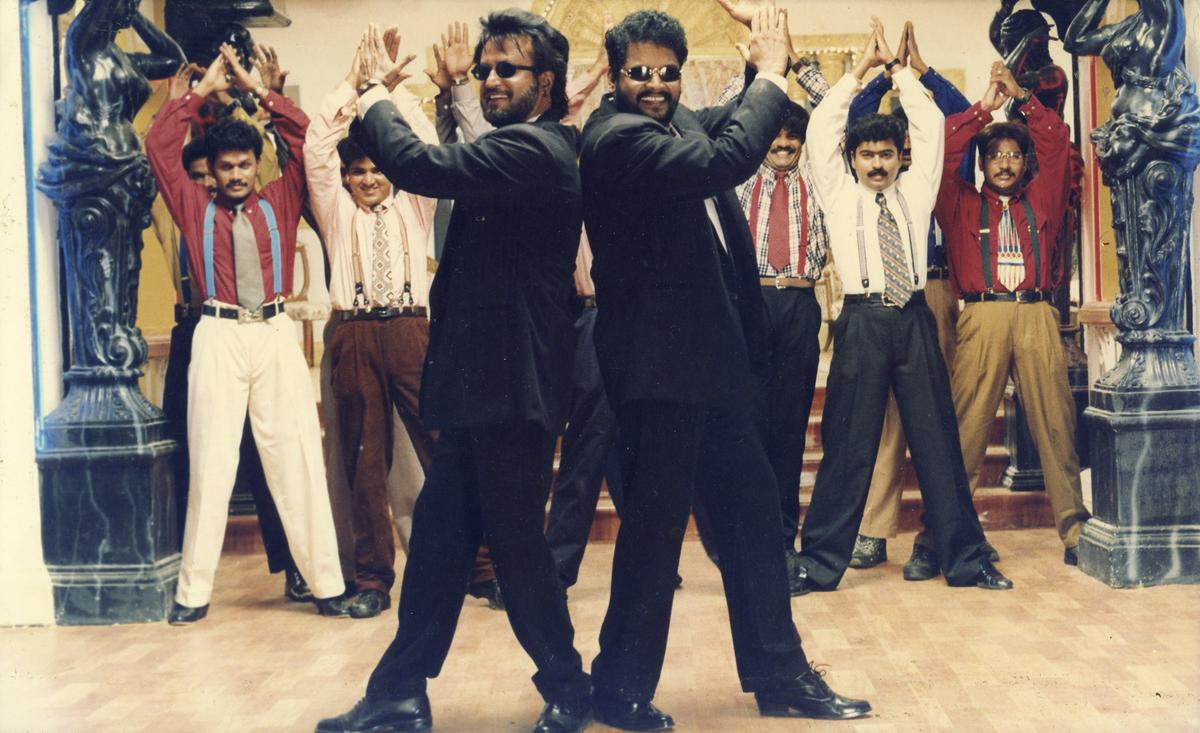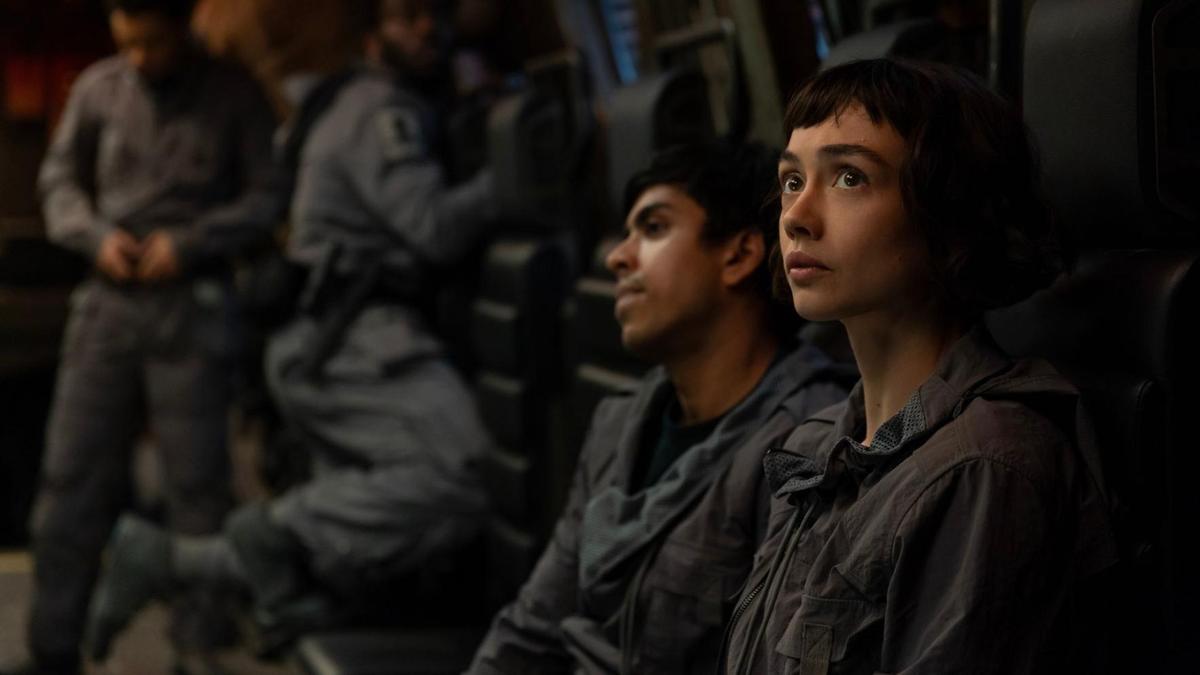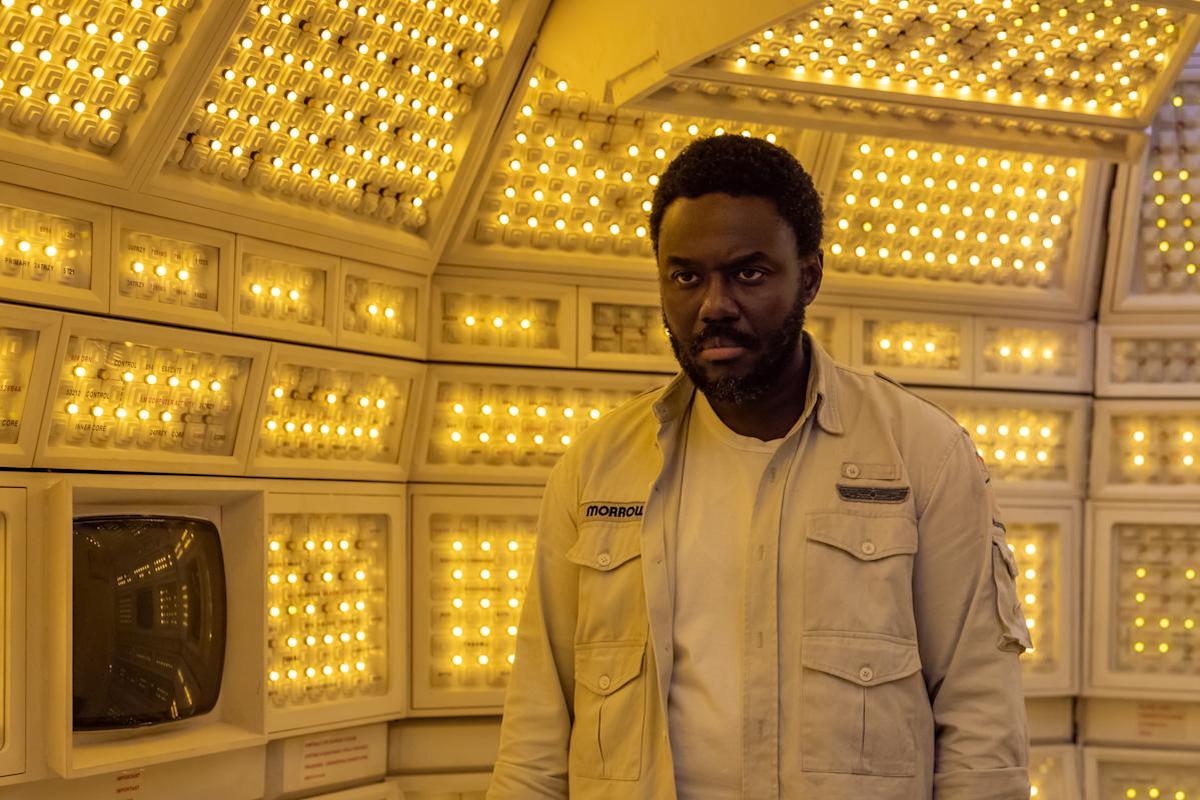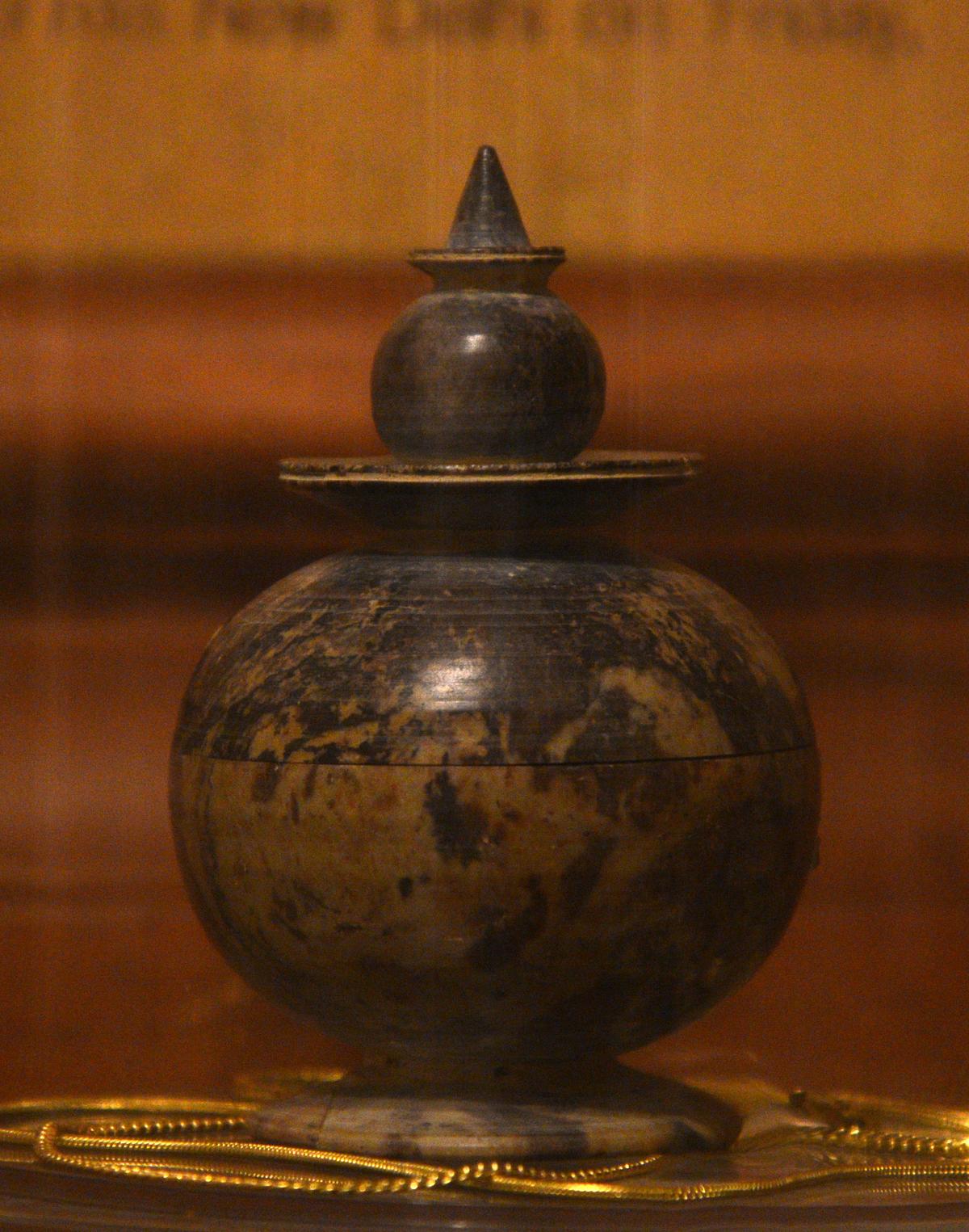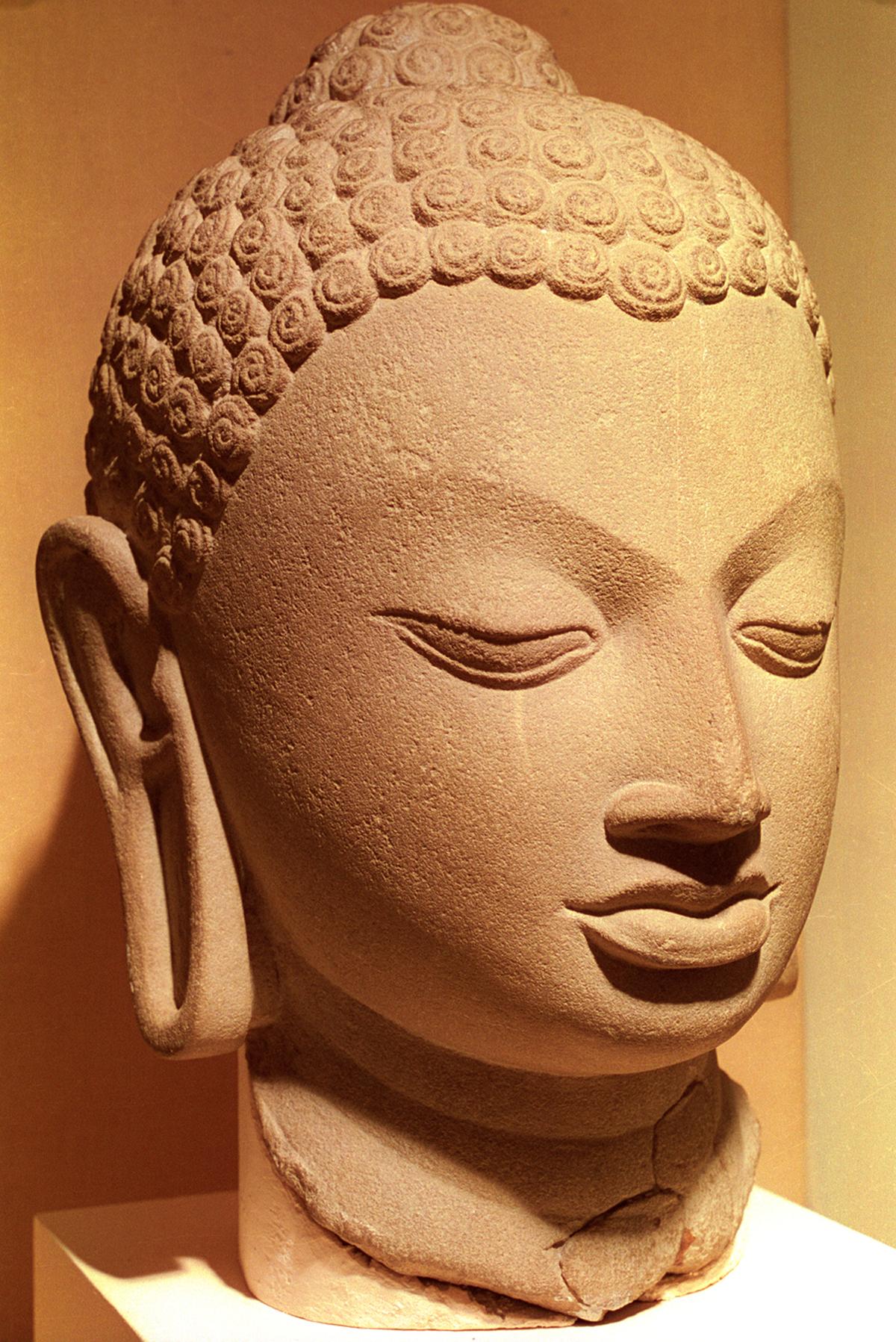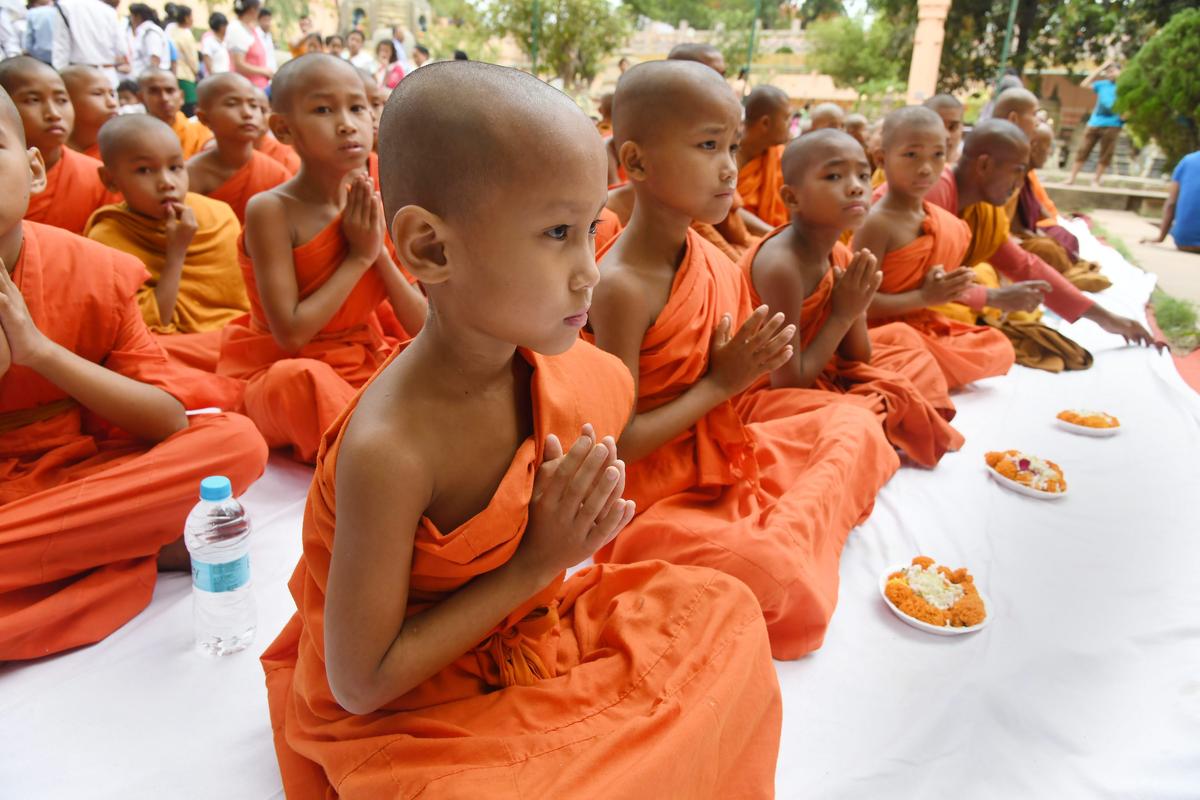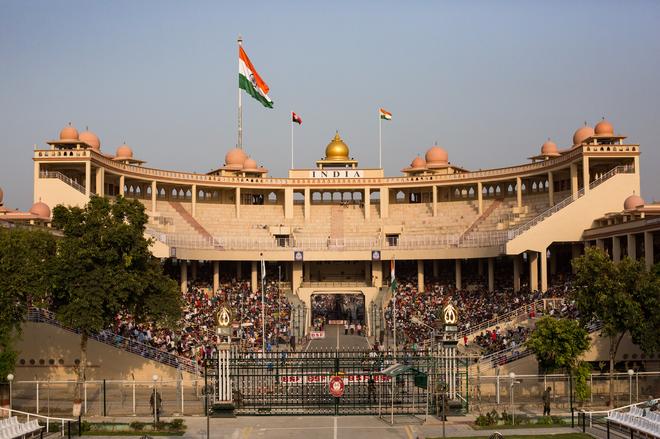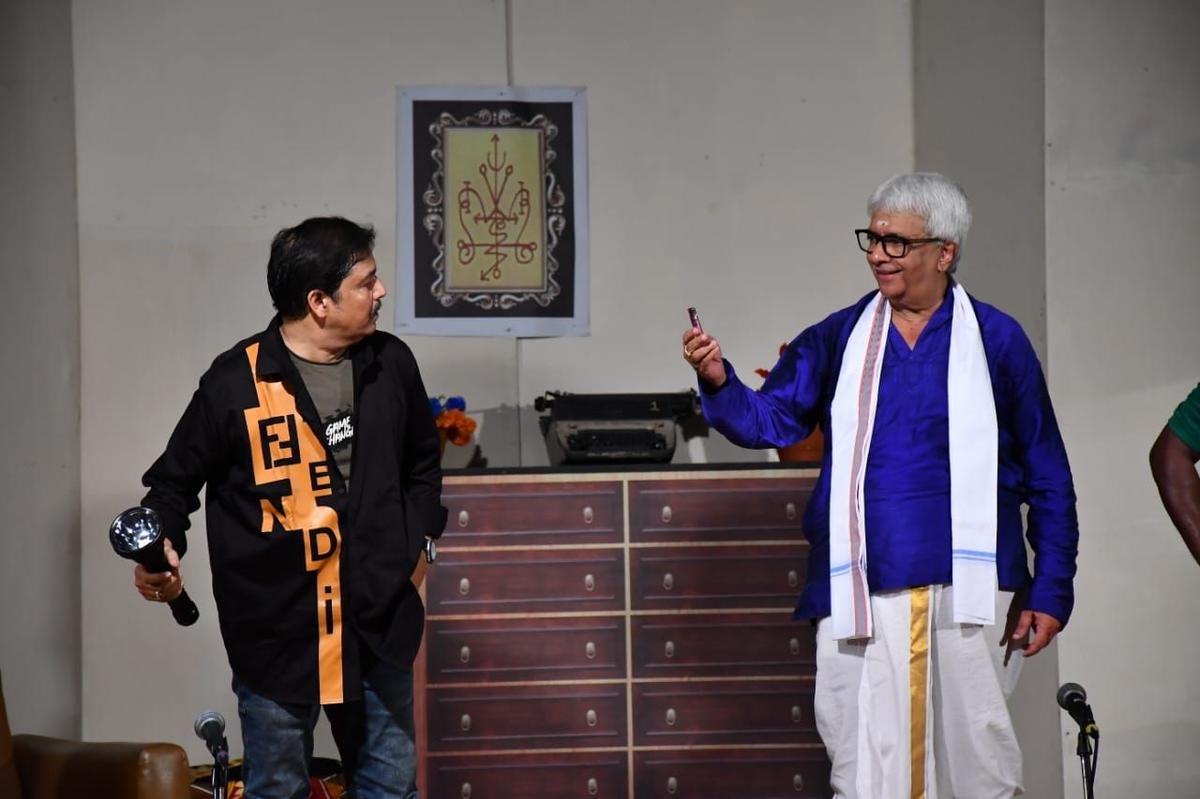In the spring of 1897, William Claxton Peppé, an estate manager, ordered the excavation of a stupa in Piprahwa, a village in modern-day Uttar Pradesh. Piprahwa is widely believed to be the site of ancient Kapilavastu, the historical seat of the Buddha’s family clan, the Shakyas.
Peppé’s team unearthed bone fragments, soapstone and crystal caskets, a sandstone coffer, and offerings of gold ornaments and gemstones. An inscription in the Brahmi script on one of the caskets confirmed that these were relics of the Buddha. While the bone relics were gifted to the King of Siam (Rama V) and some portions allocated to temples in Mynamar and Sri Lanka, the rest was divided between the Indian Museum in Kolkata and the Peppé family.
When Chris Peppé, great-grandson of William, decided to auction the relics in his family’s possession at Sotheby’s Hong Kong on May 7 this year, there was a furore. Buddhist scholars, monastic leaders, and historians, including Naman Ahuja, condemned the move. The auction was postponed after the Indian government issued a legal notice to Sotheby’s Hong Kong.
Following diplomatic intervention and mounting pressure from the government and Buddhist organisations, the auction house returned the relics to India on July 30.
In this interview, Ahuja, curator, editor of the art magazine Marg, and professor of Indian Art and Architecture at Jawaharlal Nehru University, speaks of the importance of the repatriation of the relics, one of the most significant archaeological discoveries in Buddhist history. Edited excerpts:
Art historian Naman Ahuja
Q: Why are these particular relics significant?
A: For millennia, traditional belief has it that the Buddha gave permission for the worship of his relics, albeit reluctantly. Relics constituted the focus of theistic worship in Buddhism. Scholarly consensus is that the relics from Piprahwa have every reason to be a part of the original share of the cremated remains of the Buddha that were entrusted to the Shakyas — the Buddha’s paternal family. The archaeological dating and context fits this and an ancient Brahmi inscription on one of the relic caskets found inside the stupa at Piprahwa corroborates this view. Further, the gems that the Shakyas interred with the cremated remains are cut using tools that were also known to be used only in very ancient times. There can be little dispute about their antiquity or significance.
Q: Now that the relics have been repatriated, in what ways would they have to be taken care of? And does India have the necessary resources, manpower, and will to do so?
A: Yes, we do. Even in ancient times, their trusteeship was passed on with care, and entire monastic administrative machineries were in place to look after these matters. Ashes or charred remains of a person, their bodily relics, were treated with deep respect in antiquity — whether by the megalith builders or in Vedic or Buddhist cultures. They form the core of stupas that attract pilgrims. Elaborate rituals were held around them.
A part of the Buddha’s relics at National Museum, New Delhi.
| Photo Credit:
V.V. Krishnan
However, I must hasten to add that alongside the religious importance of these relics, we must also recognise their importance for history. They mattered to the Shakyas, who committed them to public benefit and built monasteries around them. They come from Piprahwa, a site in the original Buddhist holy land, which is a region that many emperors maintained. That region deserves our attention again now.
Modern India has put administrative functions in place for museums, research, archaeology and Buddhist affairs, and this case should catalyse the functioning of these departments. These relics have mobilised extraordinary research in modern times. That function is an equally important one to maintain.
Q: You had said in a talk that repatriation should not be motivated merely by national chauvinism.
A: No, the desire for merely possessing an object is only a manifestation of materialism. As instruments of history, or of spiritual edification, however, they have to be able to inspire diverse public stakeholders. Indeed, we must be careful to remember that for millions of Buddhists in East Asia, Southeast Asia, or anywhere else in the world, the relics of the Buddha hold profound spiritual significance. India and the current owners have an opportunity to be of service to them.
Q: Do you think India’s stance in this case should be its position regarding all religious relics?
A: In the case of those relics where it can be reasonably established whose relics they are, where the land, site or people from whom they have been taken are known, and when they hold the kind of enormous spiritual significance that these ones do, then yes, they should be repatriated.
Buddha head from the 5th century C.E. at National Museum, New Delhi.
However, as a museums person, I know how enormously difficult, specialised and expensive taking care of objects, paintings and buildings can be. Taking care of relics that combine the needs of devotees with historians, scientists, geologists and others is going to be that much harder. It is better to take on these responsibilities only to the extent they can be performed properly. Otherwise, one comes across as an insatiable child whose insecurities and perceived deprivation just make it want more and more without any idea of what looking after those things entails. It would be horrible if these relics were turned into a flavour of the month, only to be replaced by some other ‘object’ quickly enough.
Q: After being flown in from Hong Kong, the relics were taken to the National Museum in Delhi. Relics are not objects. Is a museum the best place for them?
A: Fabulous question! And a tough one, too. I have had to mull over this question for the past few months, and I can address it from two perspectives. Ancient relics were once paraded and put in transparent caskets of rock-crystal in which they could be seen. History shows their aura was sensed through different means: their energy could come through a stupa of mud, brick and stone; at the same time, through acculturation and suggestion cognition came into play when the remembrance or memory of a life respected by many was communicated; and then of course, they were visually beheld. Museums can perform all three functions.
This brings me to the second part of the answer, and this involves the evolving functions of museums in society. These are institutions that showcase our highest civilisational achievements. That showcasing is now informed by profoundly knowledgeable communication. Again, I believe the presence of the relics offers India an opportunity to build its capacities on these fronts.
Novice monks offer prayers at the World Heritage Mahabodhi Temple in Bodh Gaya, Bihar.
| Photo Credit:
PTI
Q: While arguing for the repatriation of these relics, you have also maintained the stance that “not all things taken from India need to be repatriated”. When do you think it is necessary or even crucial to repatriate things, whether objects or relics, and when do you think they are better off not being repatriated?
A: I’d like to clarify your question here. I don’t believe the situation in India is so hopeless that the objects are better off abroad. I am not here to take sides on behalf of countries. My commitment is to the safety of objects and their capacity to communicate. Artefacts and artworks are invaluable evidence of history. And yes, it is necessary to speak up when that evidence is neglected, made unavailable to the public or if it is no longer able to reinforce cultural connections or is denied to scholars to reinterpret history. India can perform these roles. It has looked after the sacred relics from Buddhist sites, but now an opportunity has come to vastly improve research and display.
I’d also like to place on record that museums all over the world with collections of Indian artefacts have inspired many universities’ scholars to study the languages and culture of India and have shaped perception and policy towards India. They have safeguarded and looked after invaluable heritage. Often, this is overlooked on social media and everything abroad is presented as ‘loot’ when this need not always be the case. It is imperative that a calibrated position is taken in each case after examining the history behind something’s removal from India. Secondly, before repatriating something, we must ask if we already have many similar pieces in India, and will that repatriation fill a major gap? When our museums and the Archaeological Survey of India are so cash-strapped, there’s little point adding to our expenses with objects we aren’t able to mobilise for the benefit of researchers or the public.
Q: During a visit to Thailand earlier this year, Prime Minister Narendra Modi had announced that India would once again loan sacred relics of the Buddha to Thailand. What do you think about relics being used as a diplomatic tool?
A: I think it is a very good idea. Such relics and objects must be shared as widely as possible. After all, they were originally endowed for the public in a stupa. Calling them a diplomatic “tool”, however, is a little cynical or even harsh, in fact. Indeed, many diplomats and administrators have to use their tools to enable a communication of narratives of religion, memory and history, of auras and aesthetics. These are not normally a diplomat’s tools.
Q: Did the attempt to auction the Buddha’s relics perpetuate colonial violence? What does this particular case say about broader post-colonial politics?
A: I believe the U.K. government did not find it necessary to take any moral or ethical action to assist India’s endeavour in protecting the sale of the Buddha’s bodily relics. Their state made the rules by which the despoliation of the stupas and private ownership of the Buddha’s relics were granted to its colonial functionaries. Yet, without any official statement on the matter from them, it seems they are protecting the agencies of colonialism, Sotheby’s and the Peppé family’s monetisation of the relics.
I am told that without any support, India was left with no choice but to take the course of action it did in asking a philanthropist to step in. “Post” colonial, you ask? The textbook definition of colonialism remains. You take something for free from the colony and sell it back to the colony at a price you stipulate.
radhika.s@thehindu.co.in




